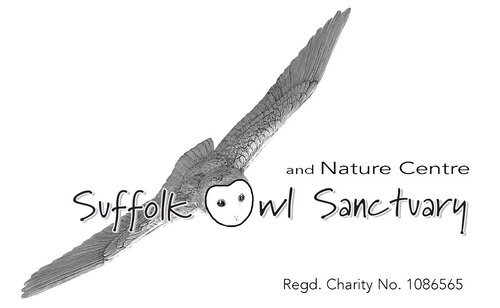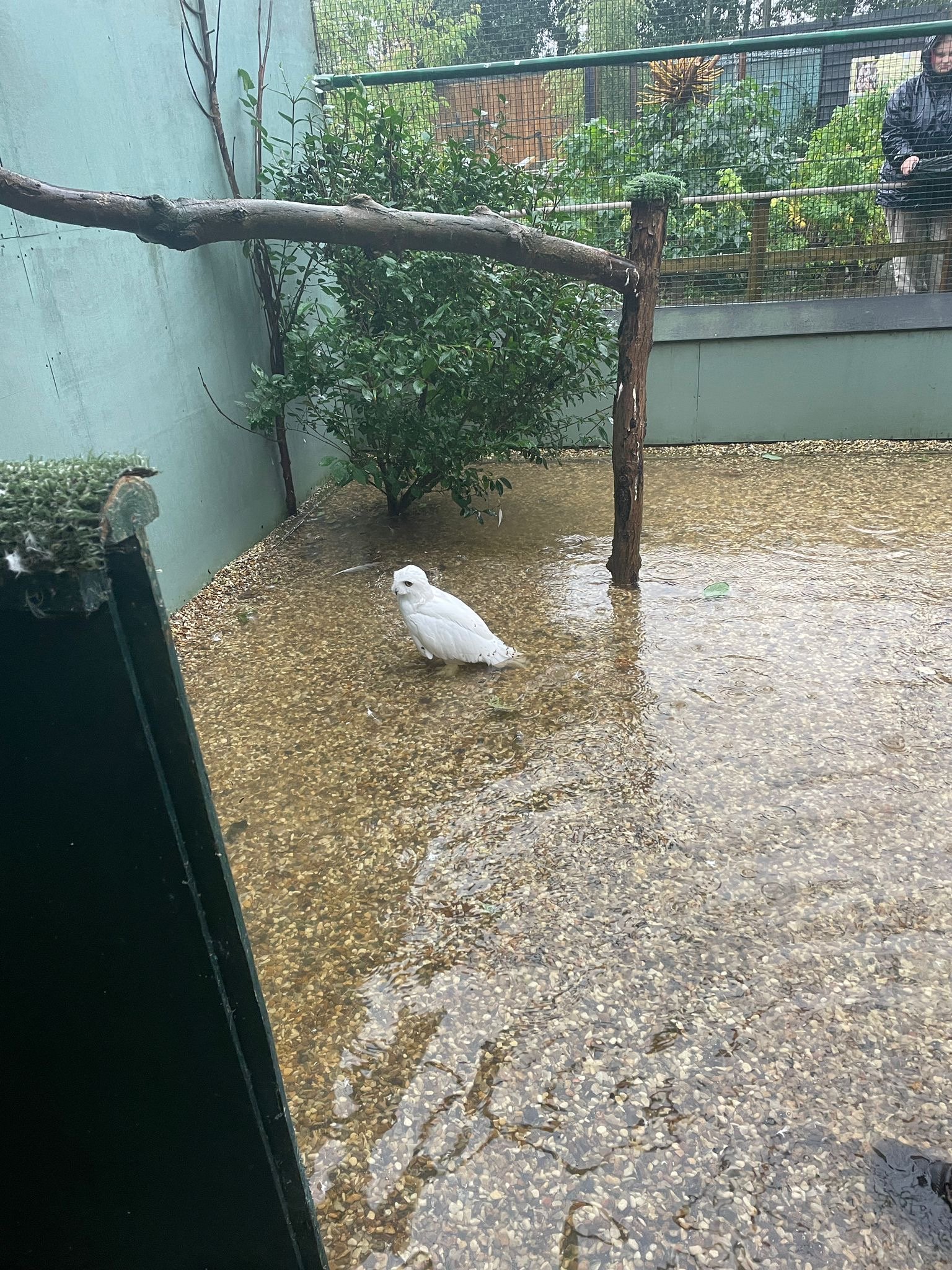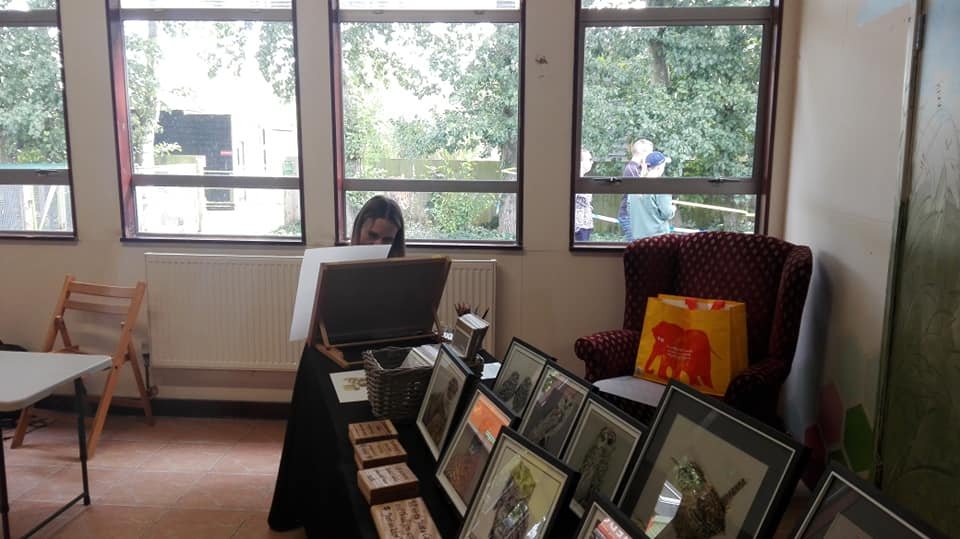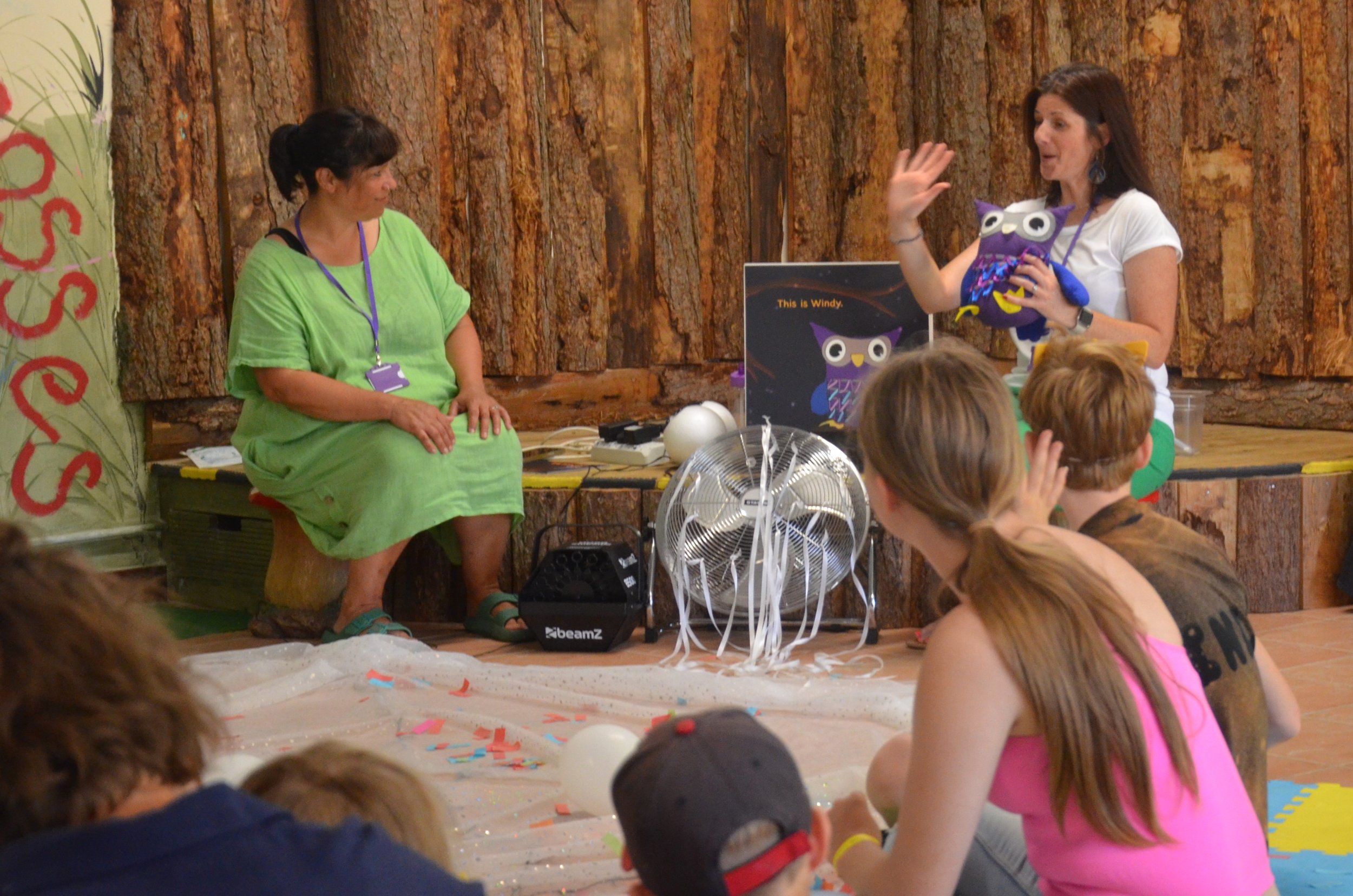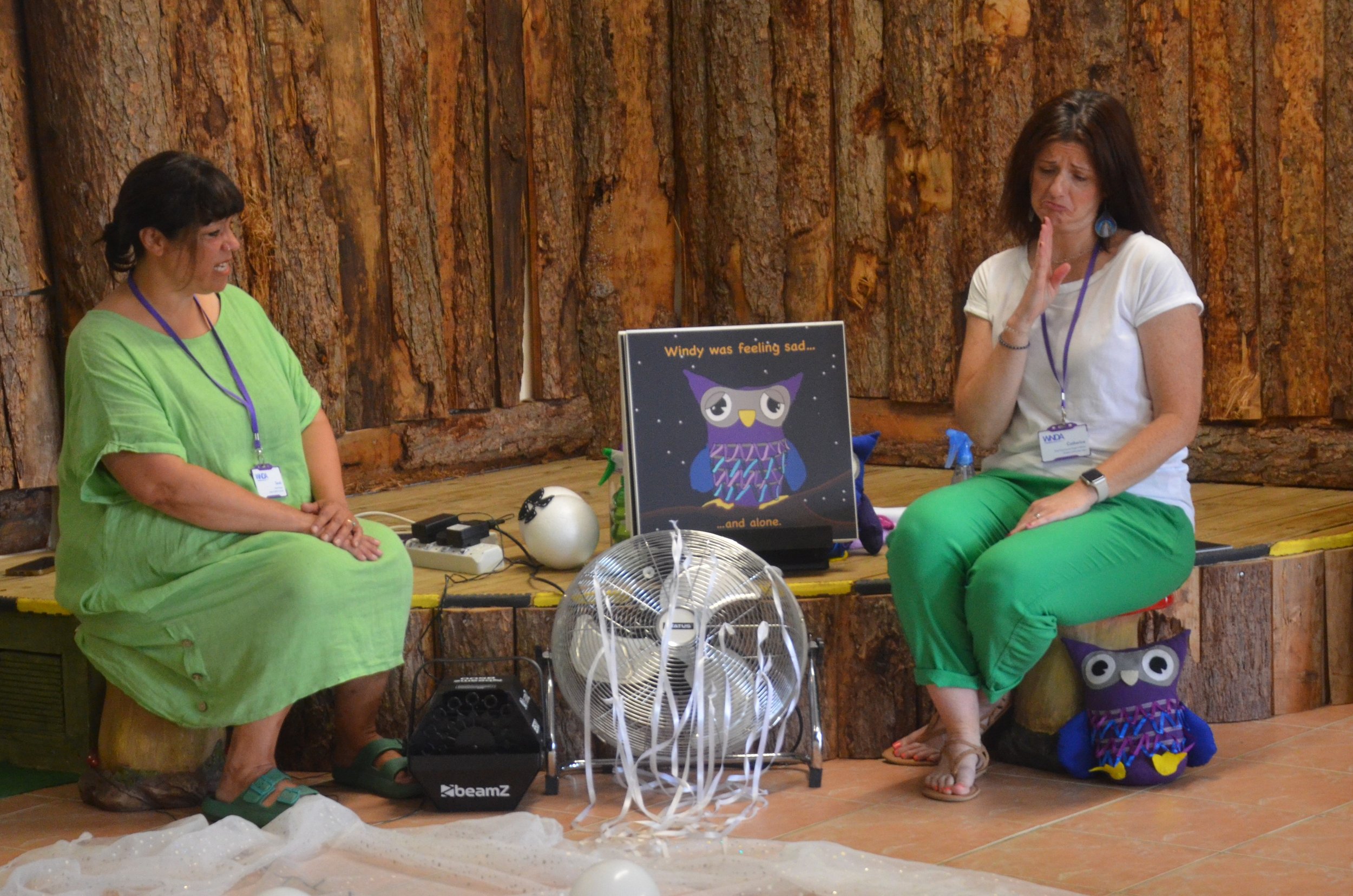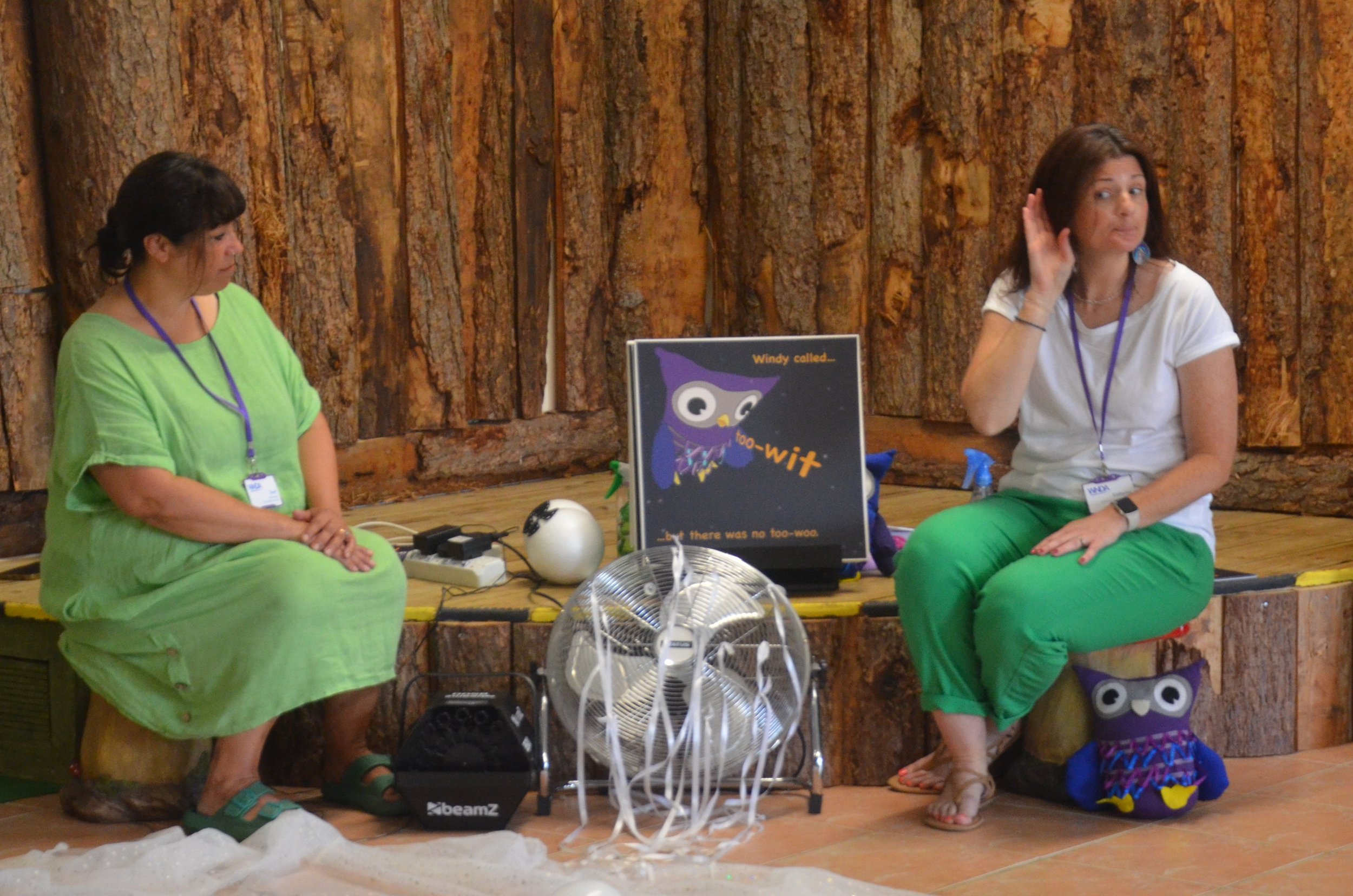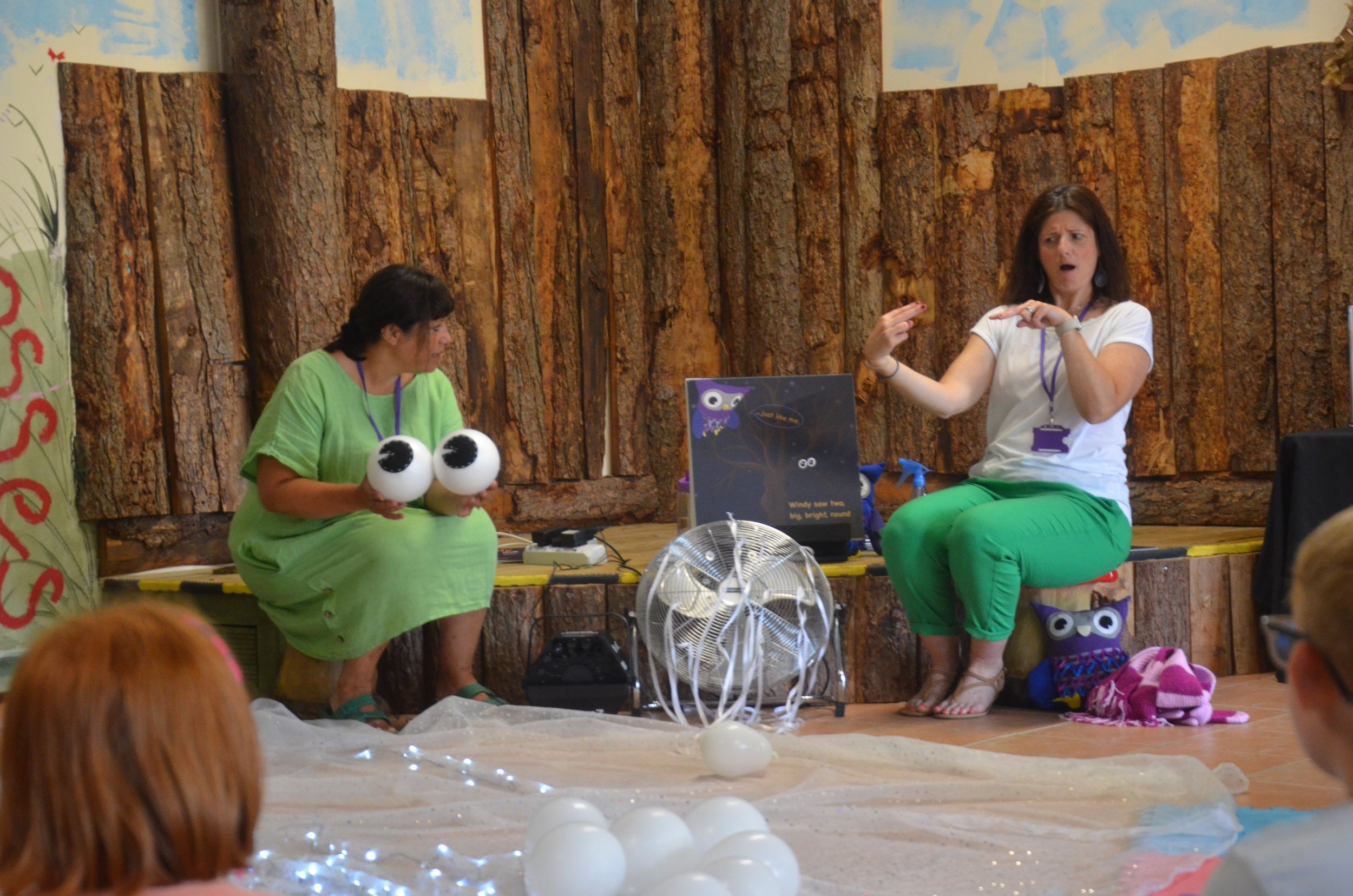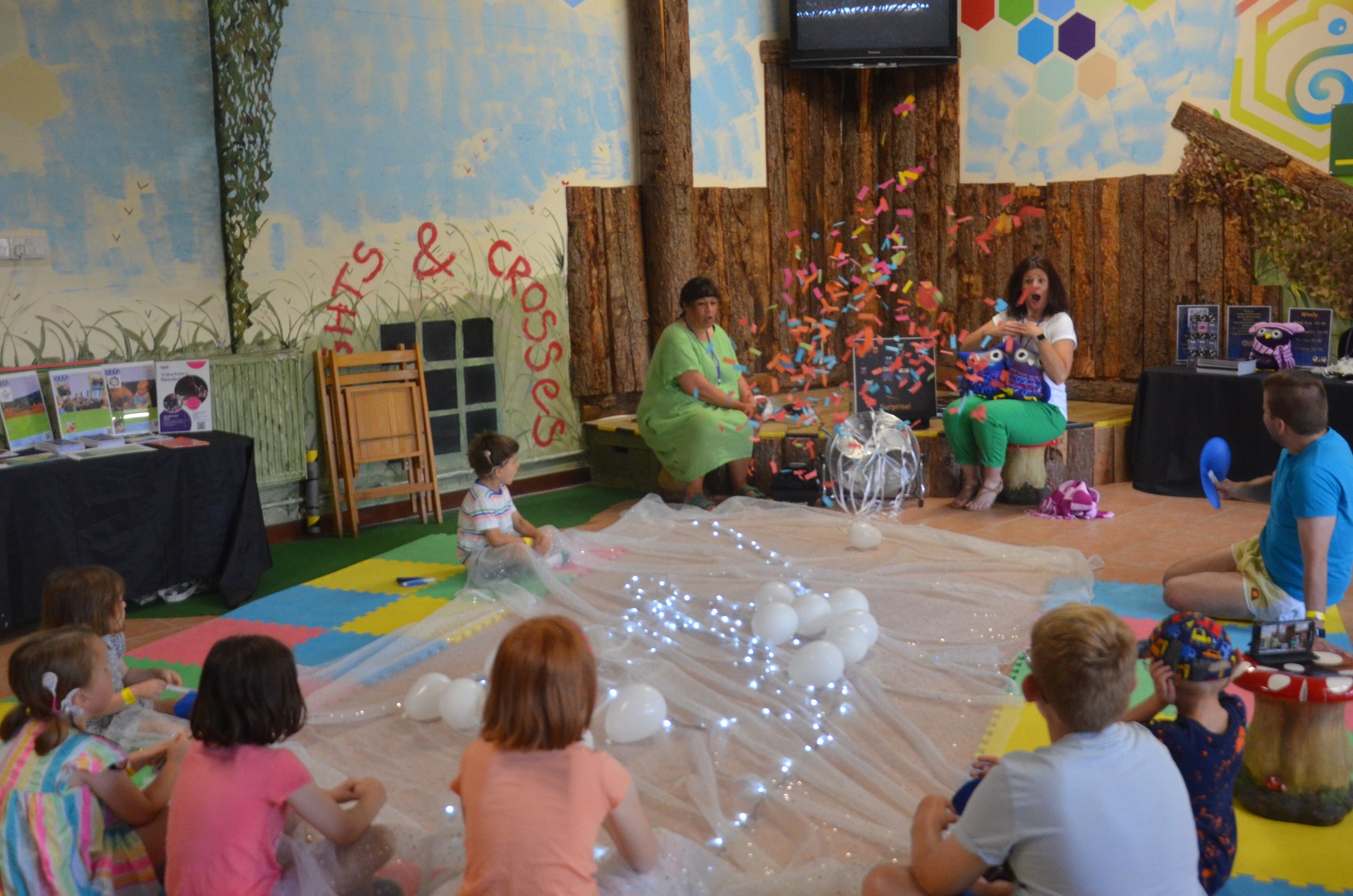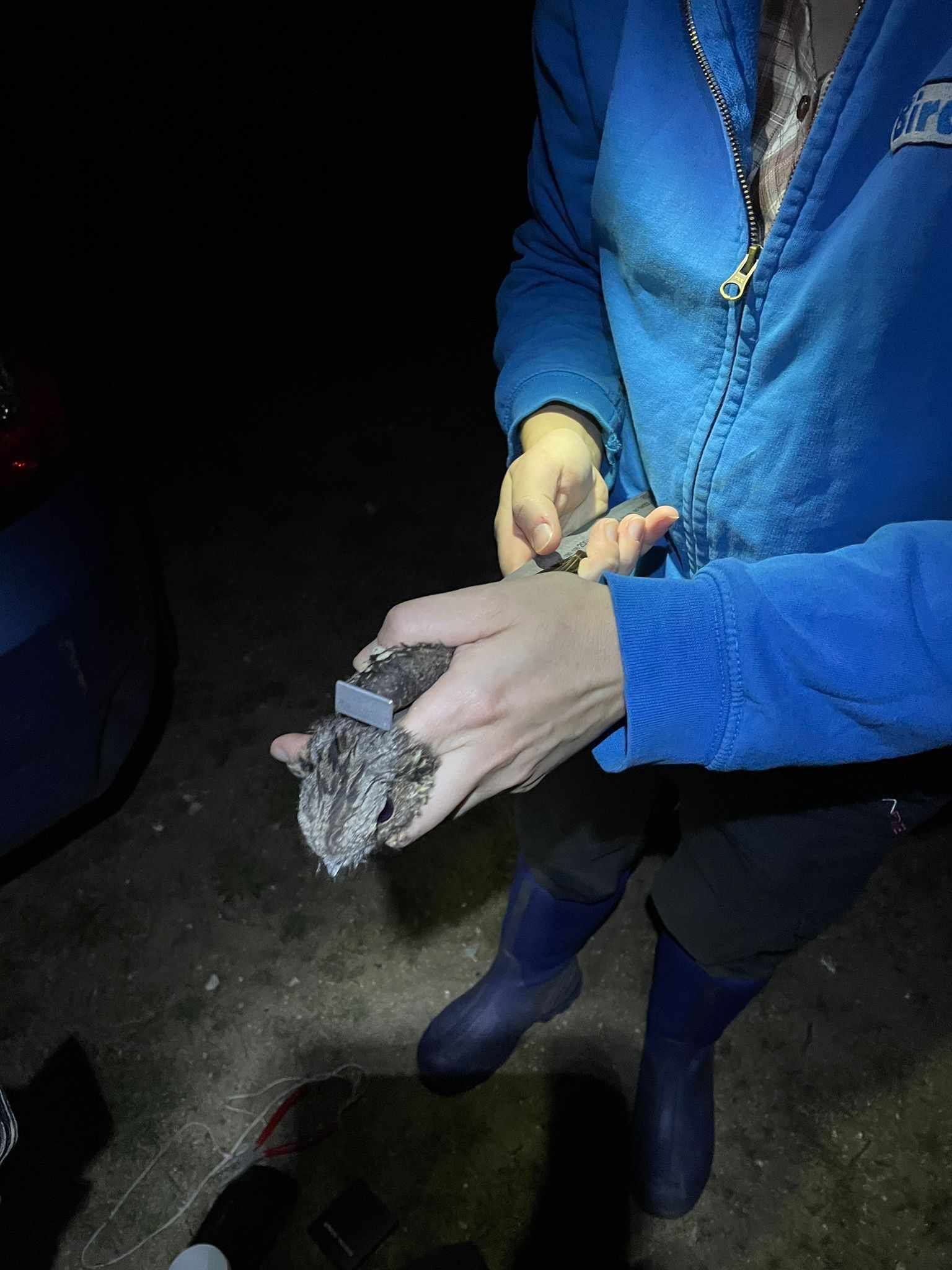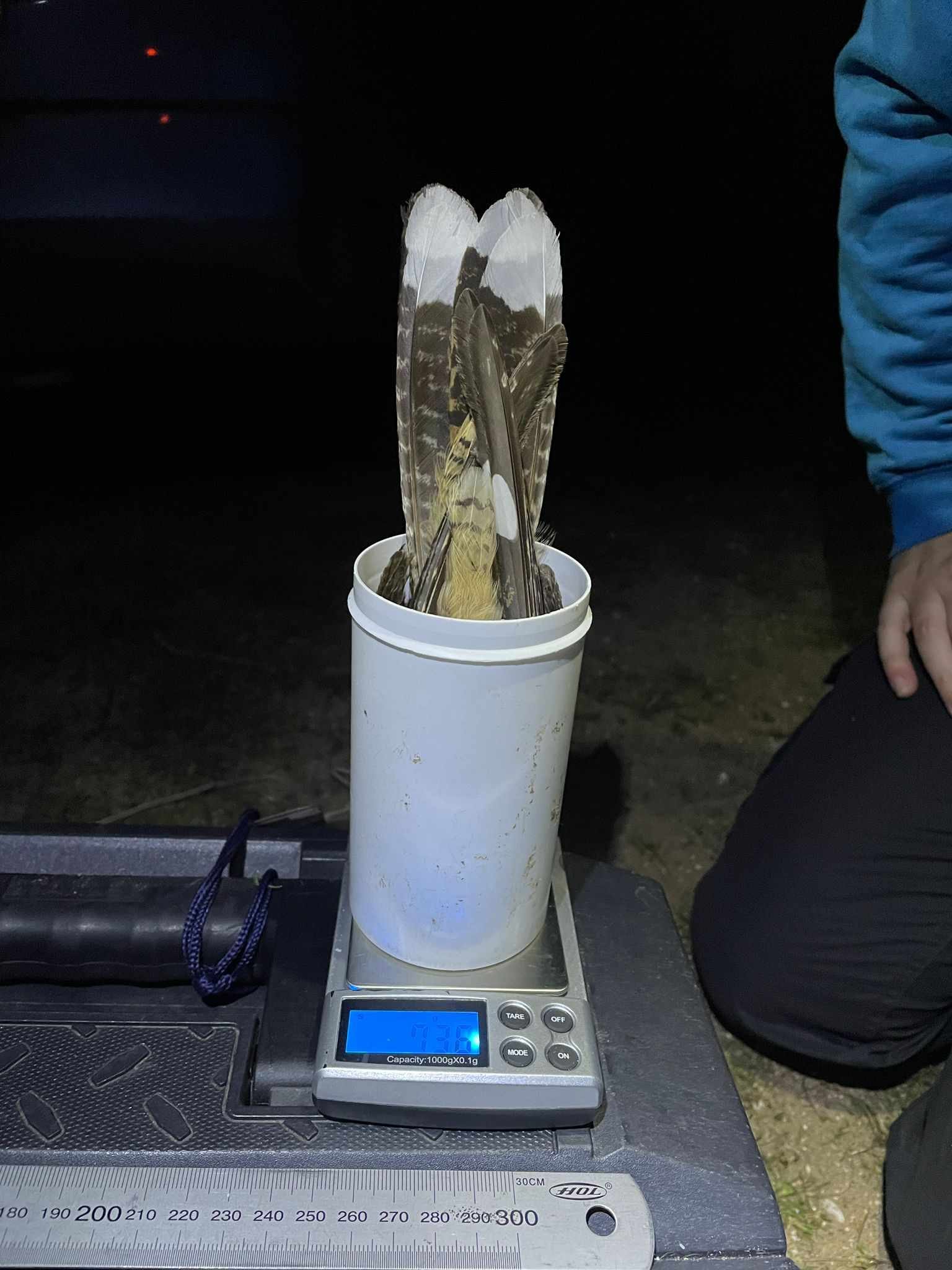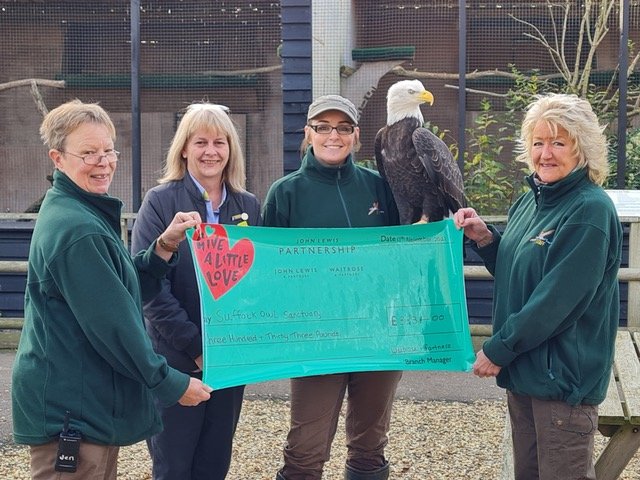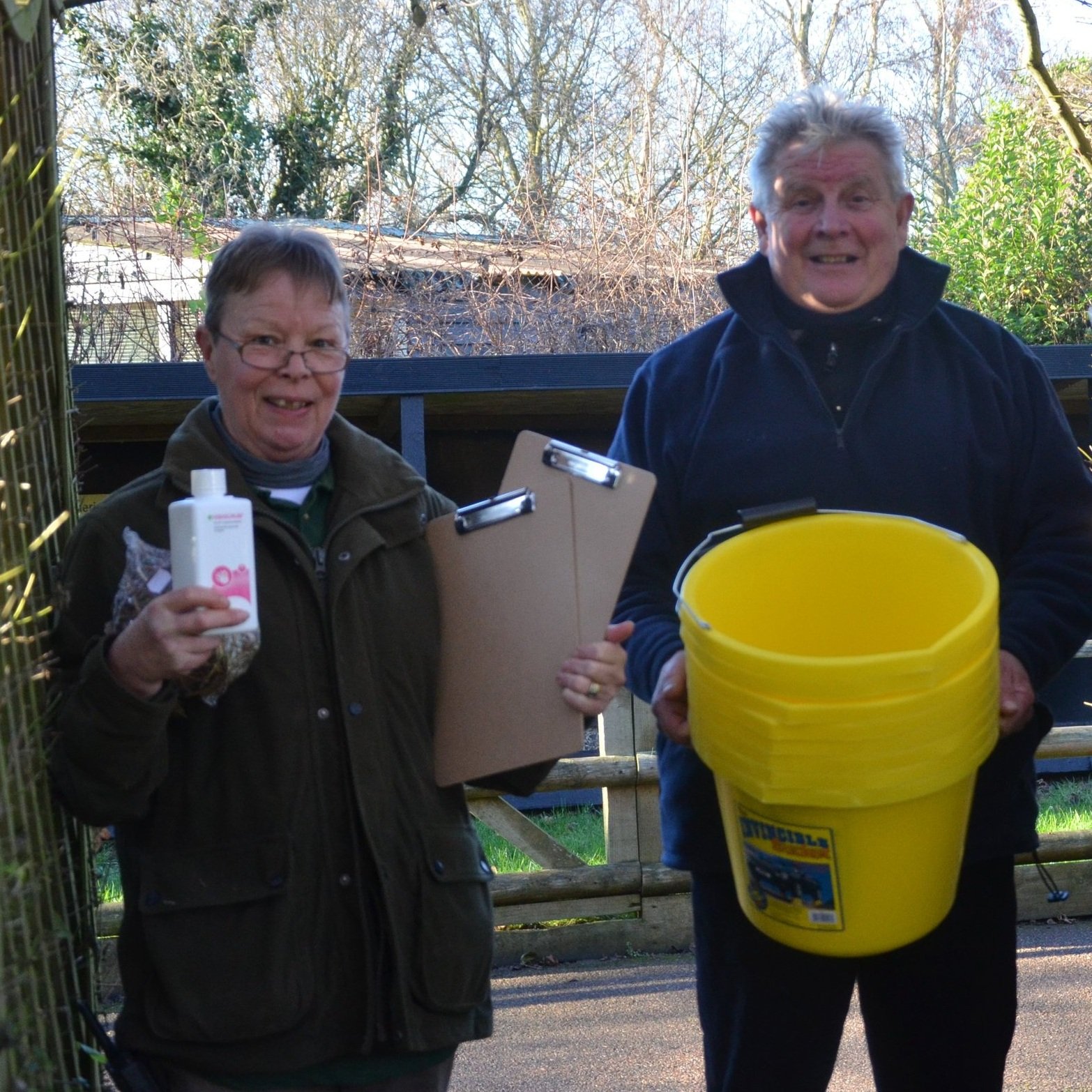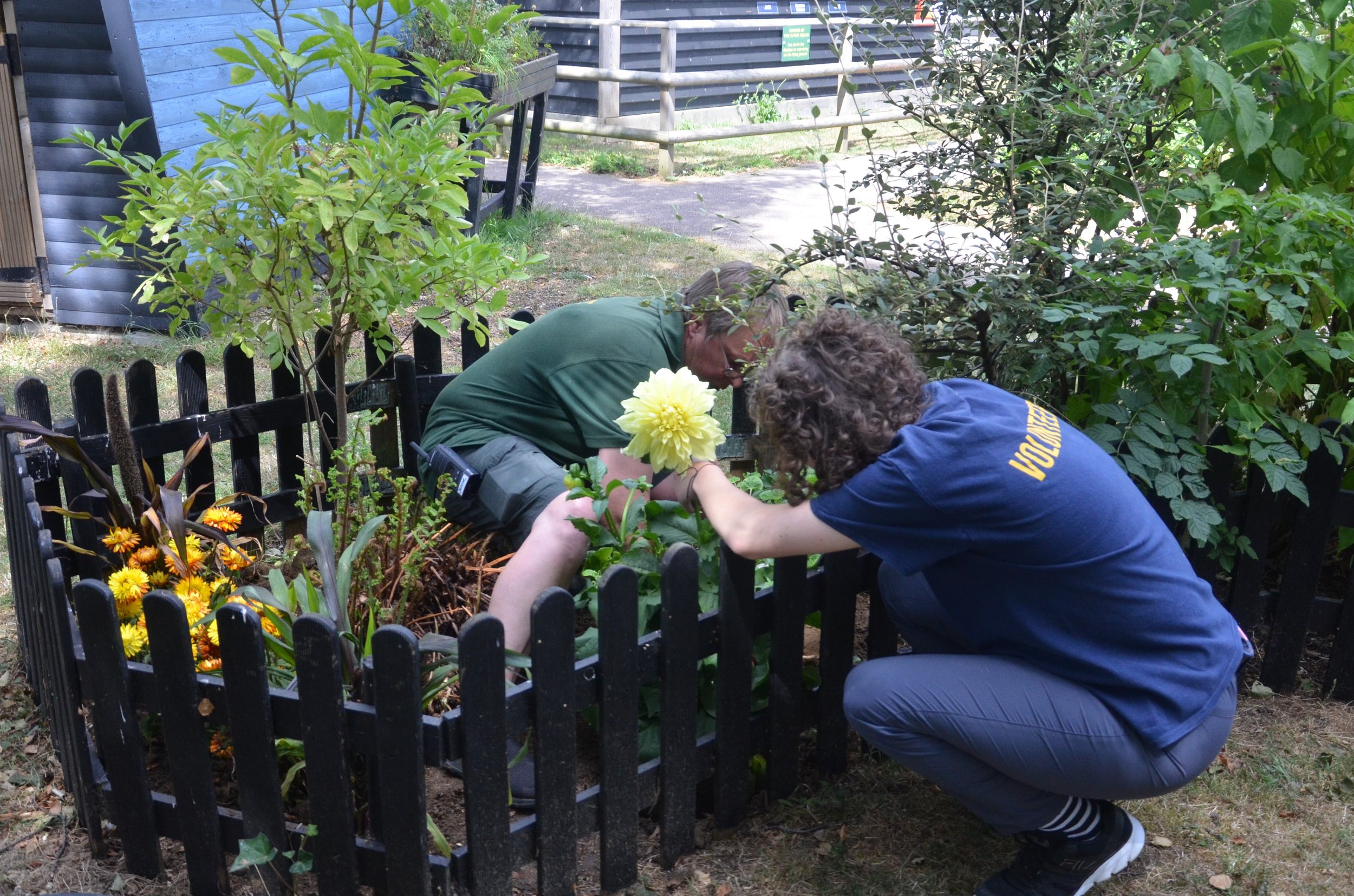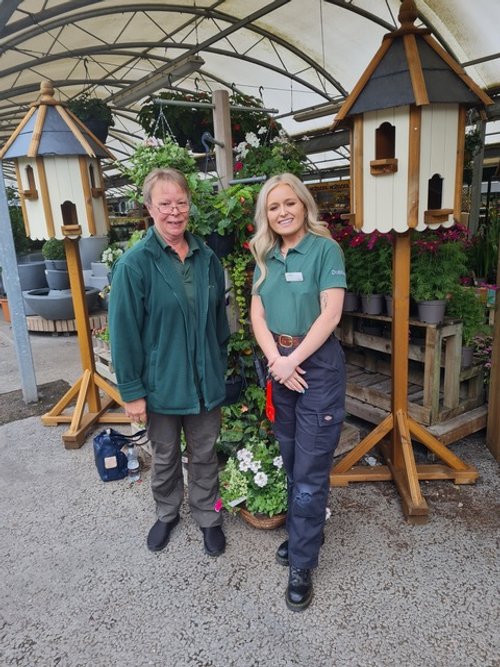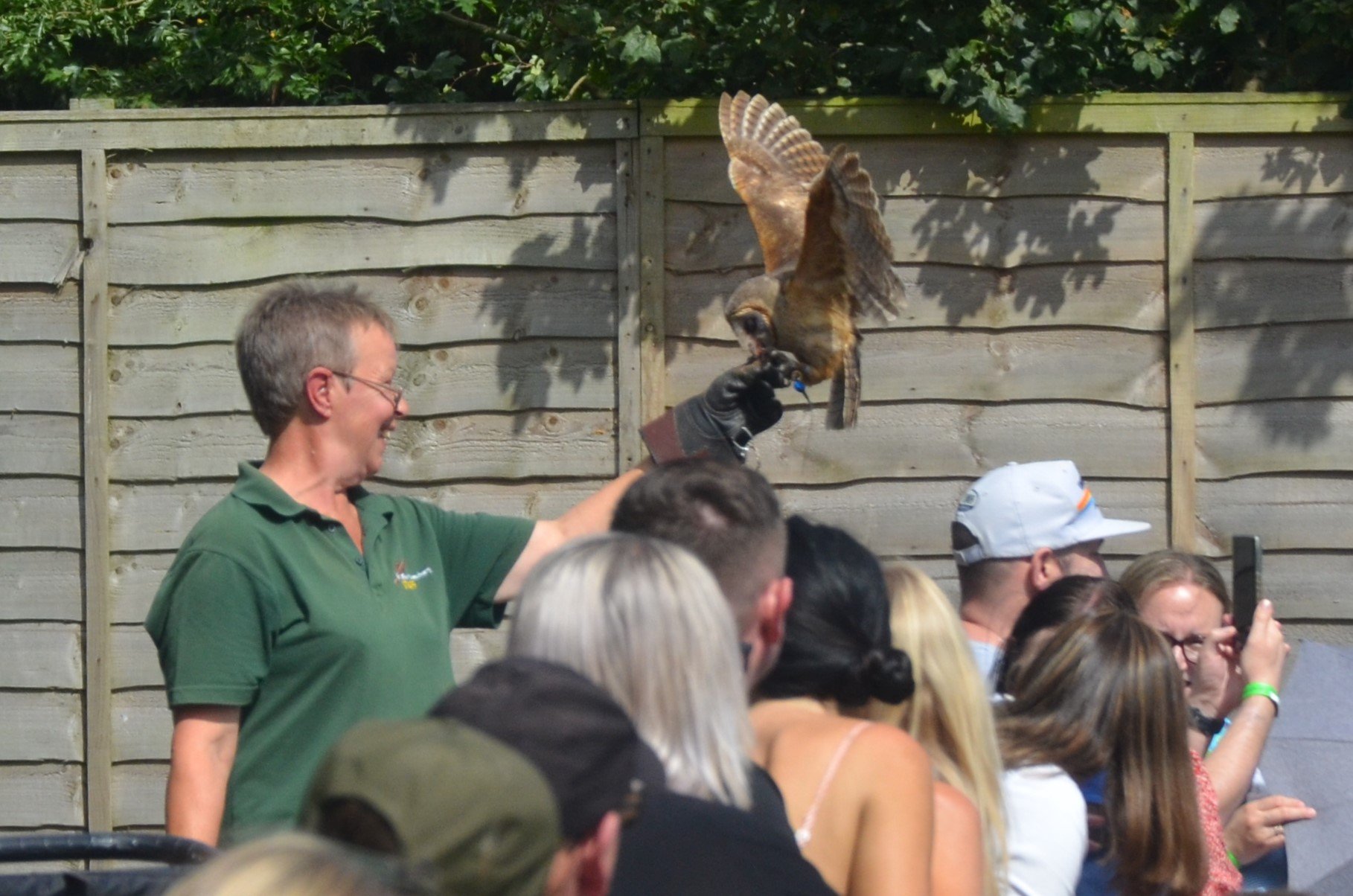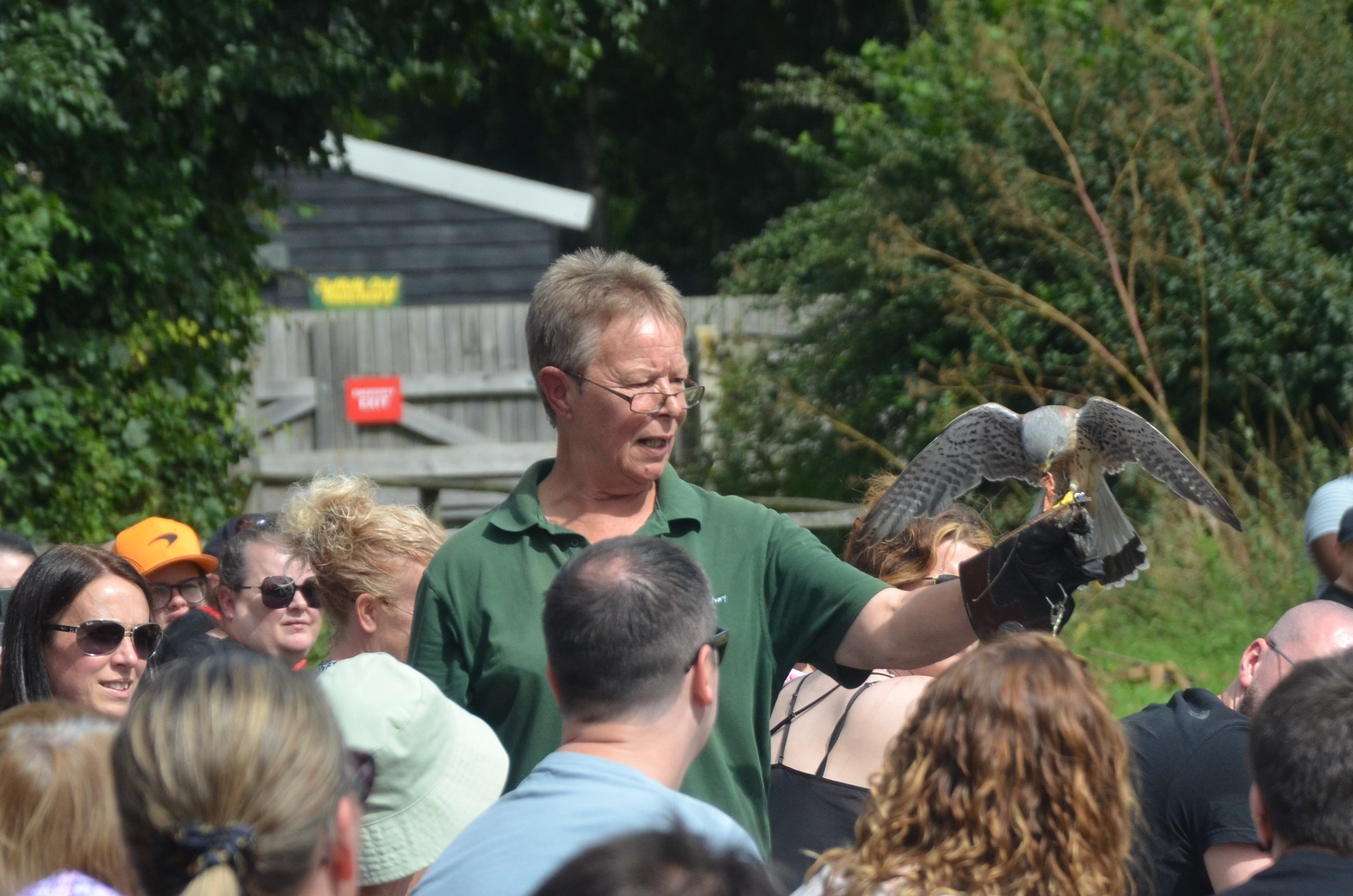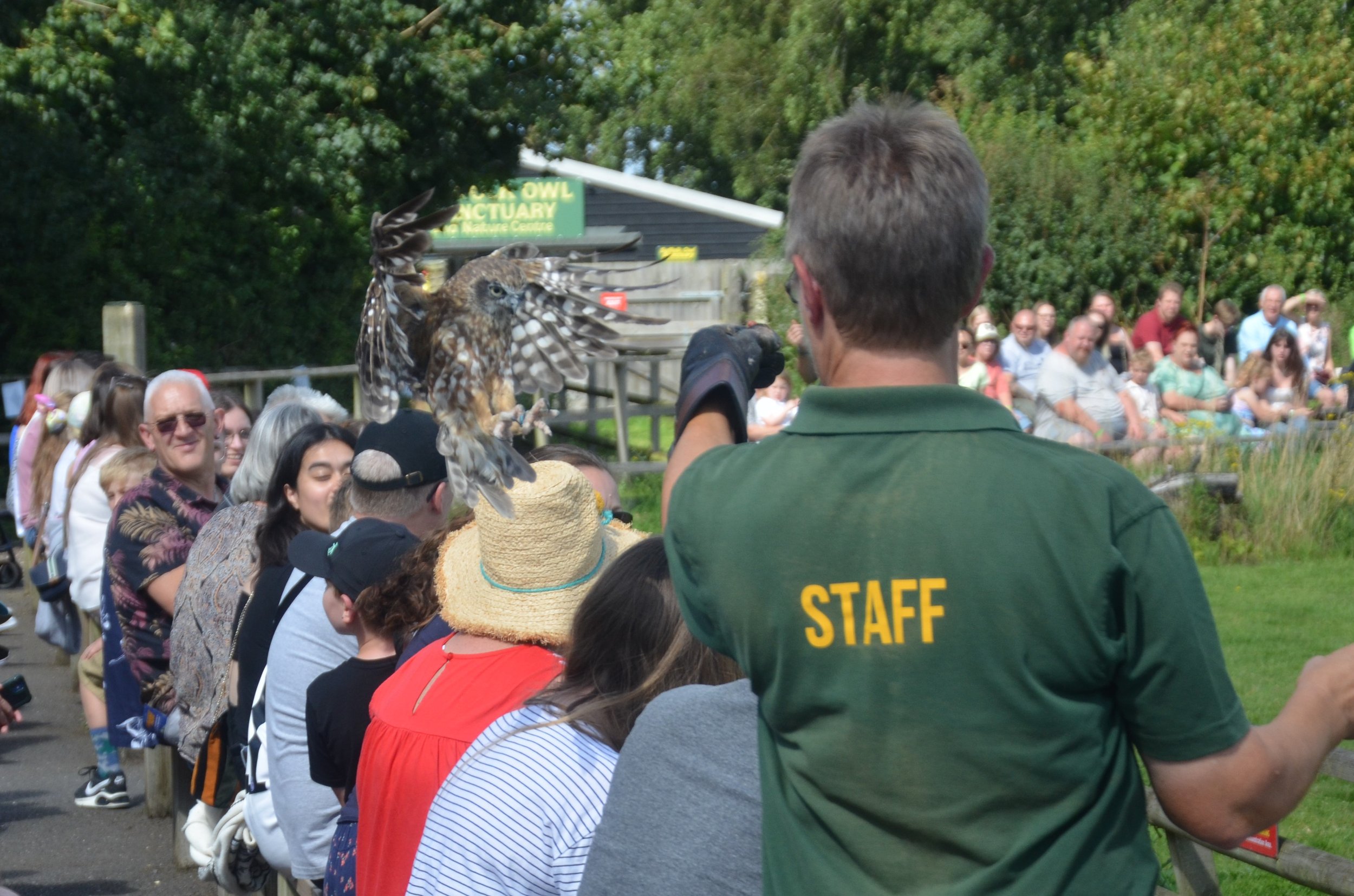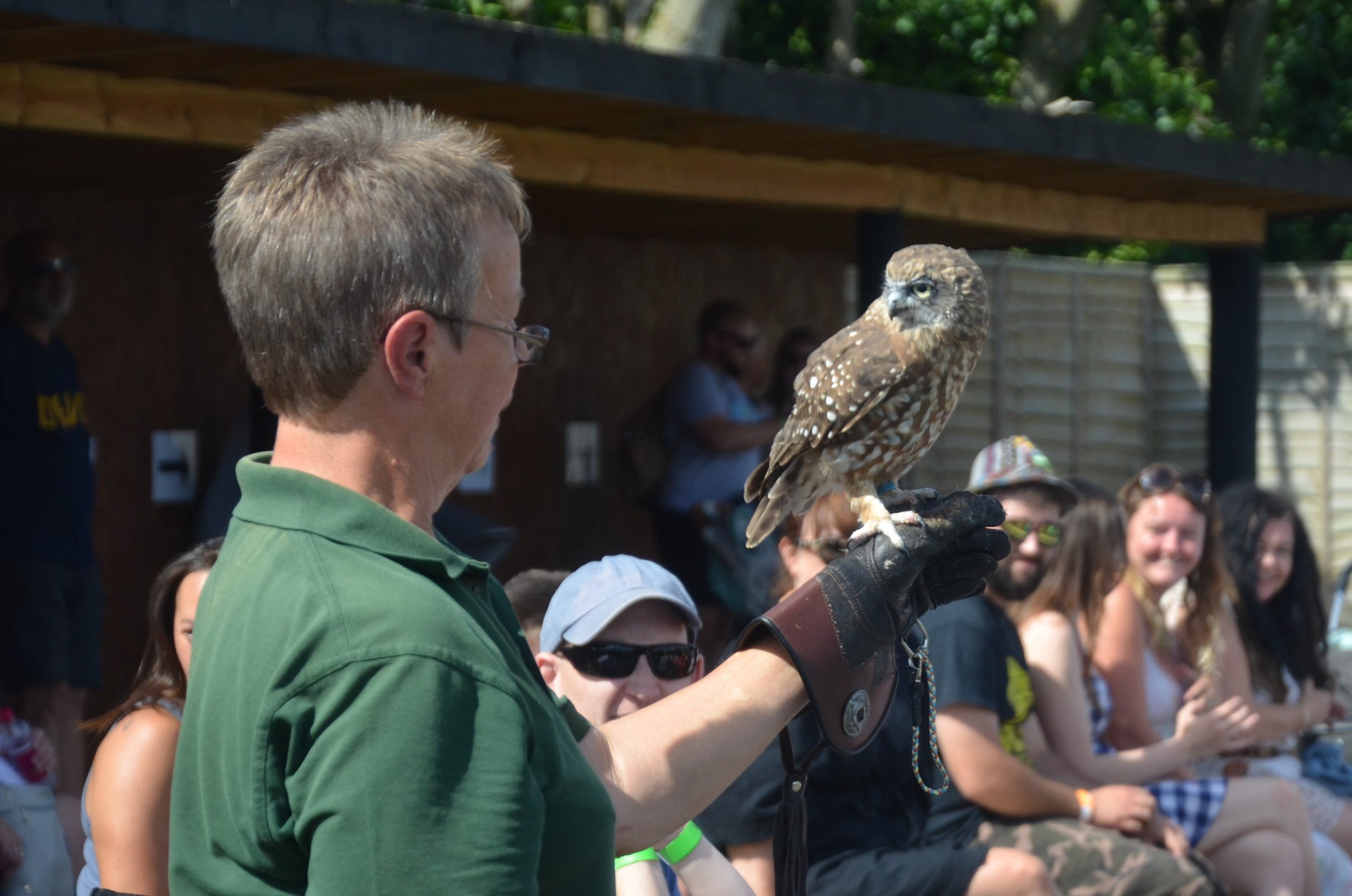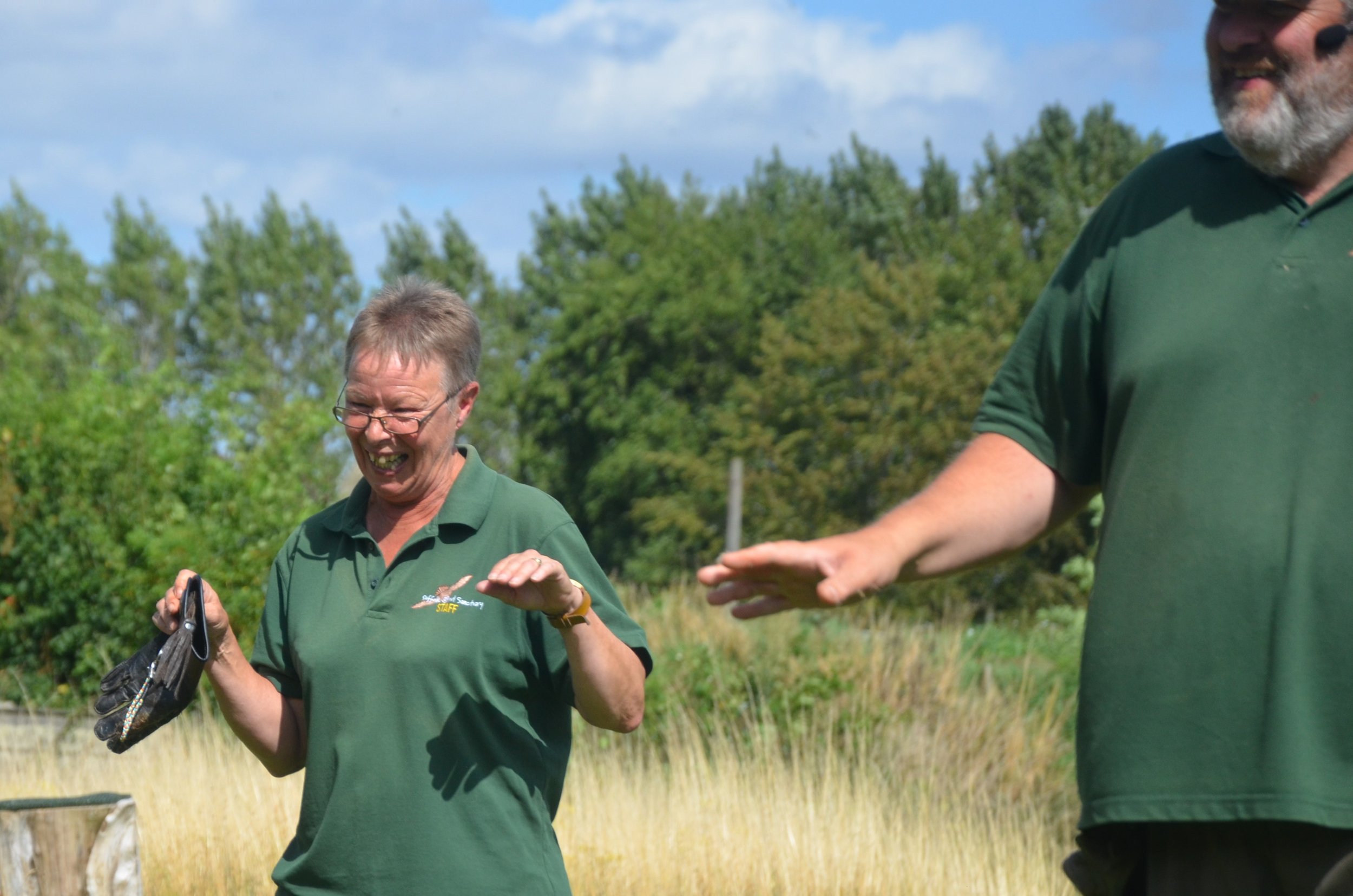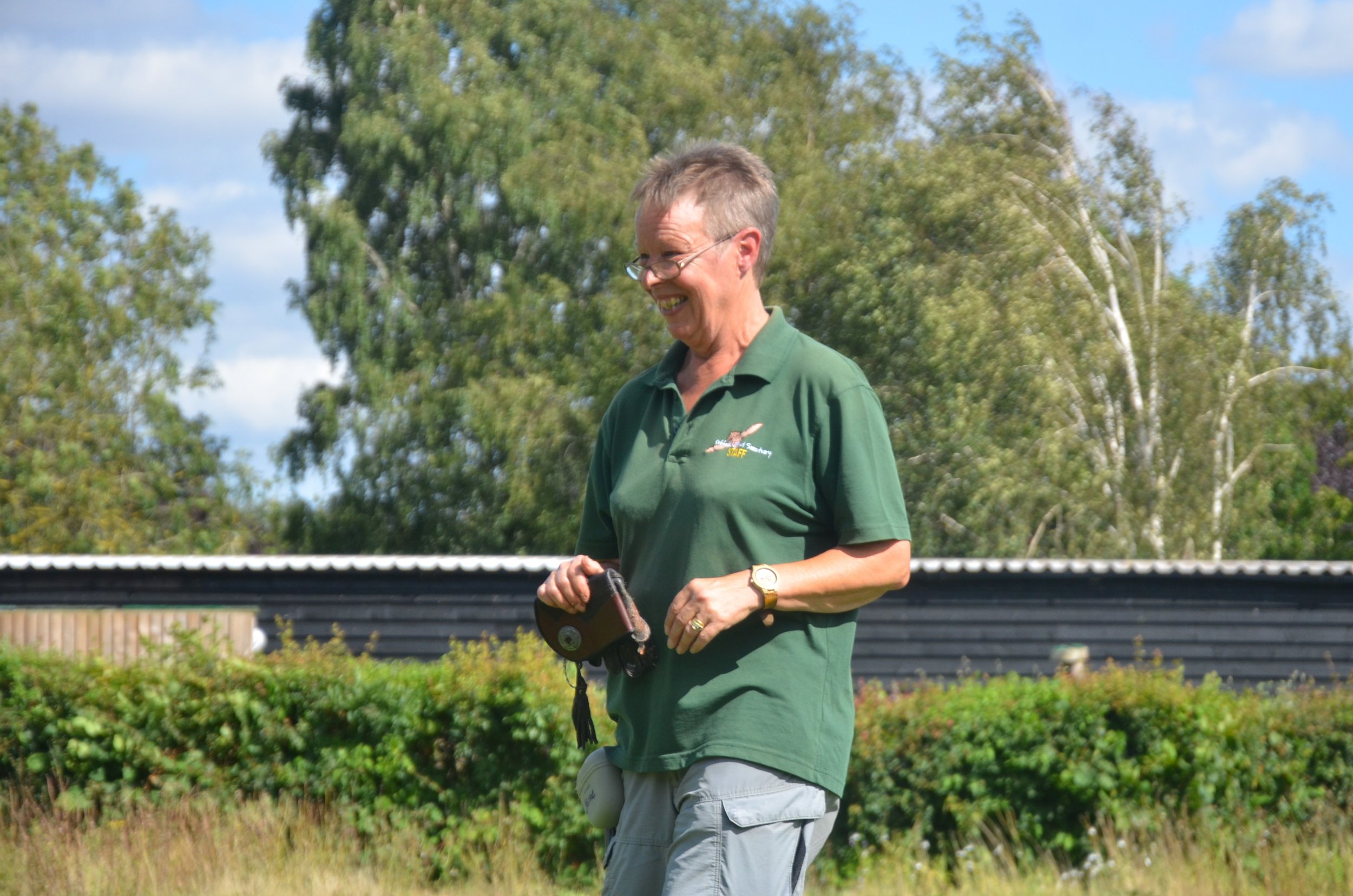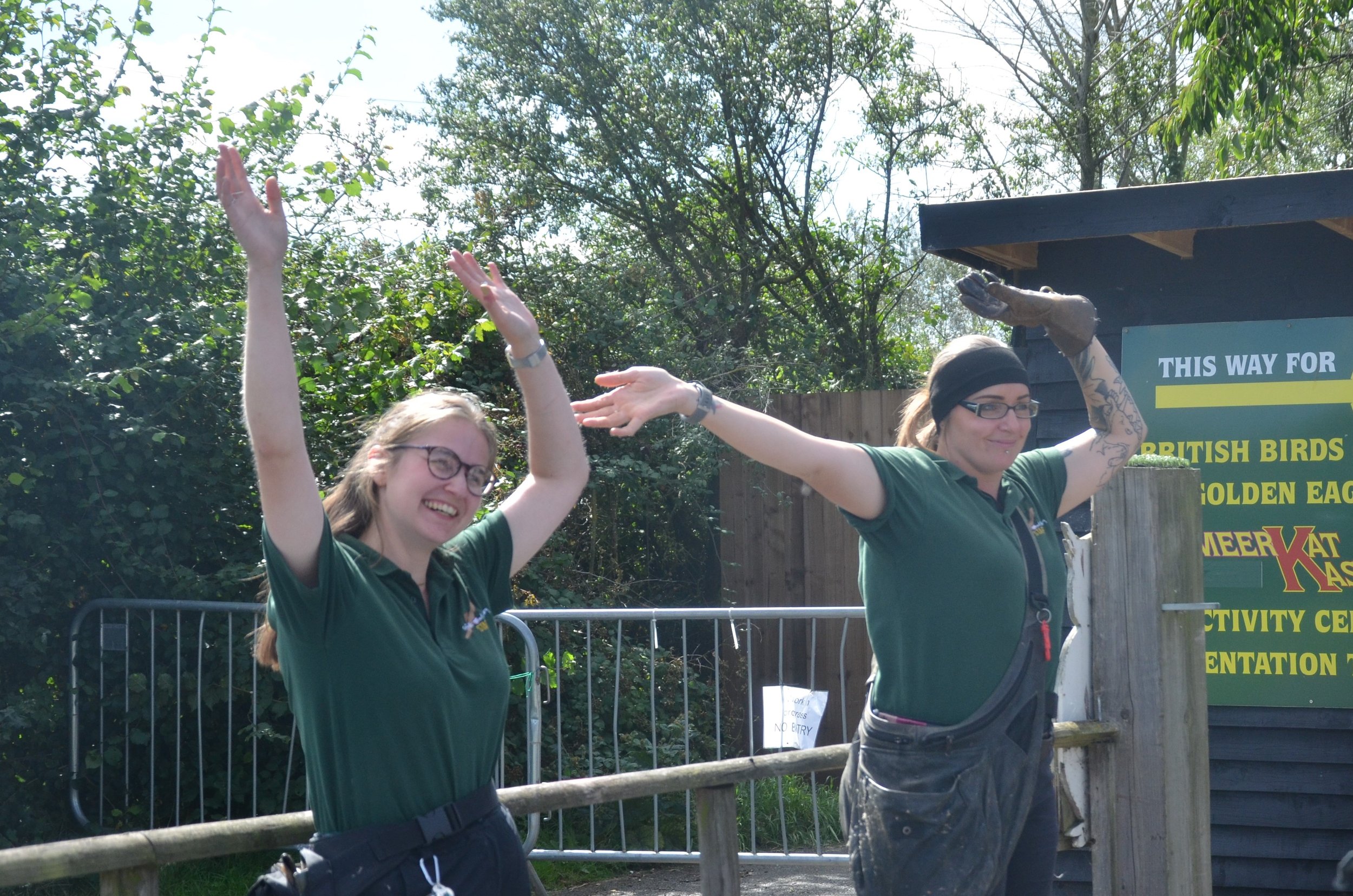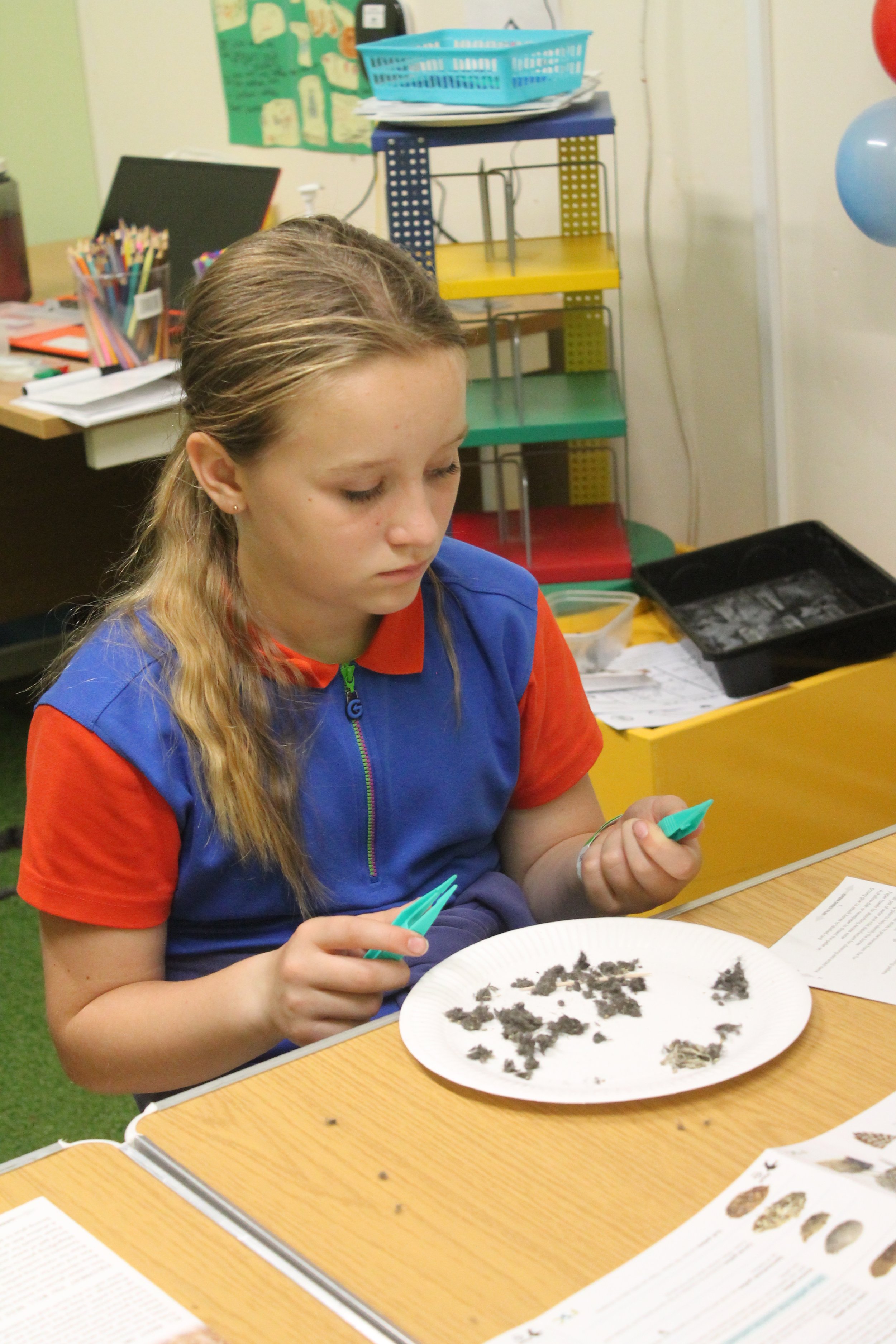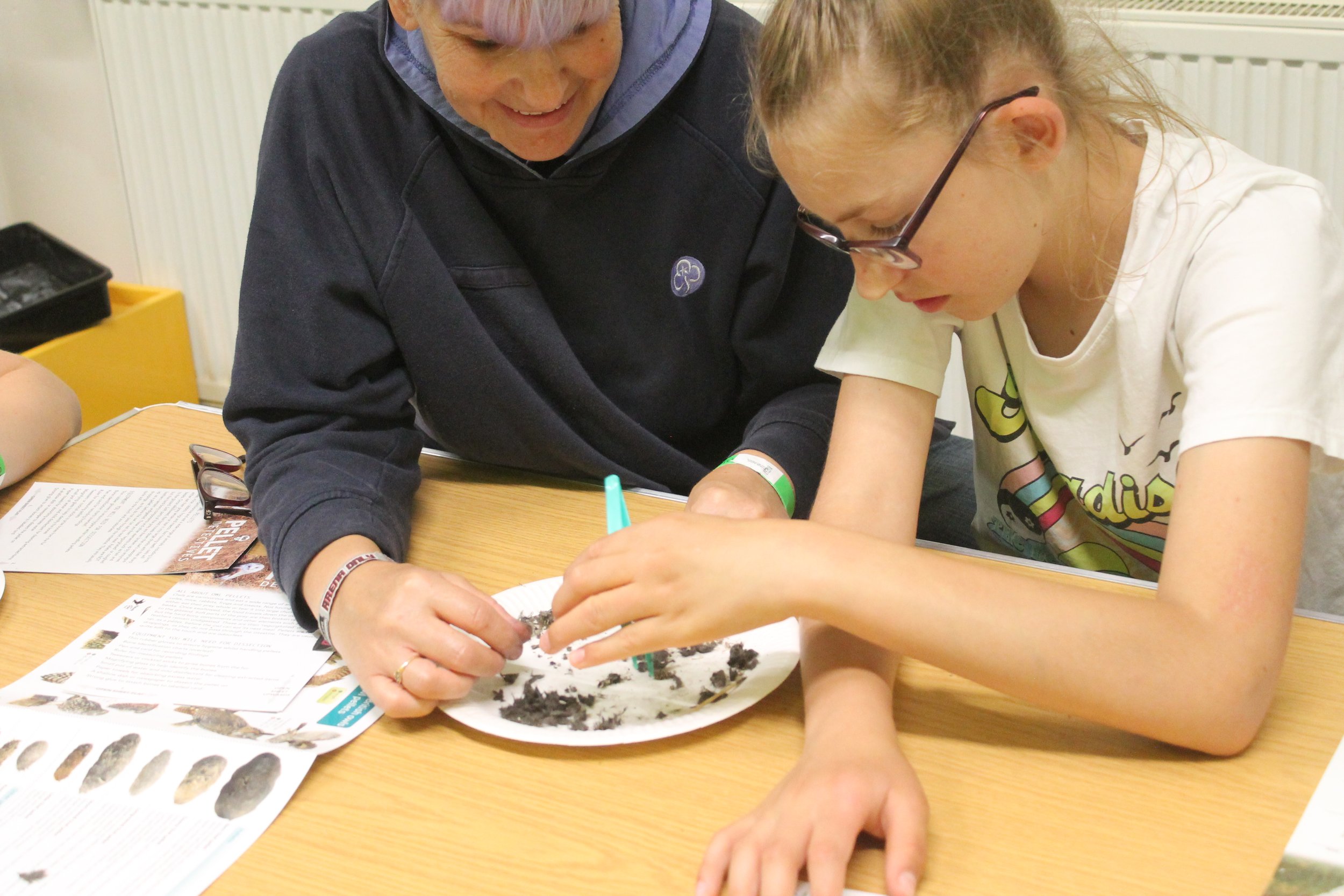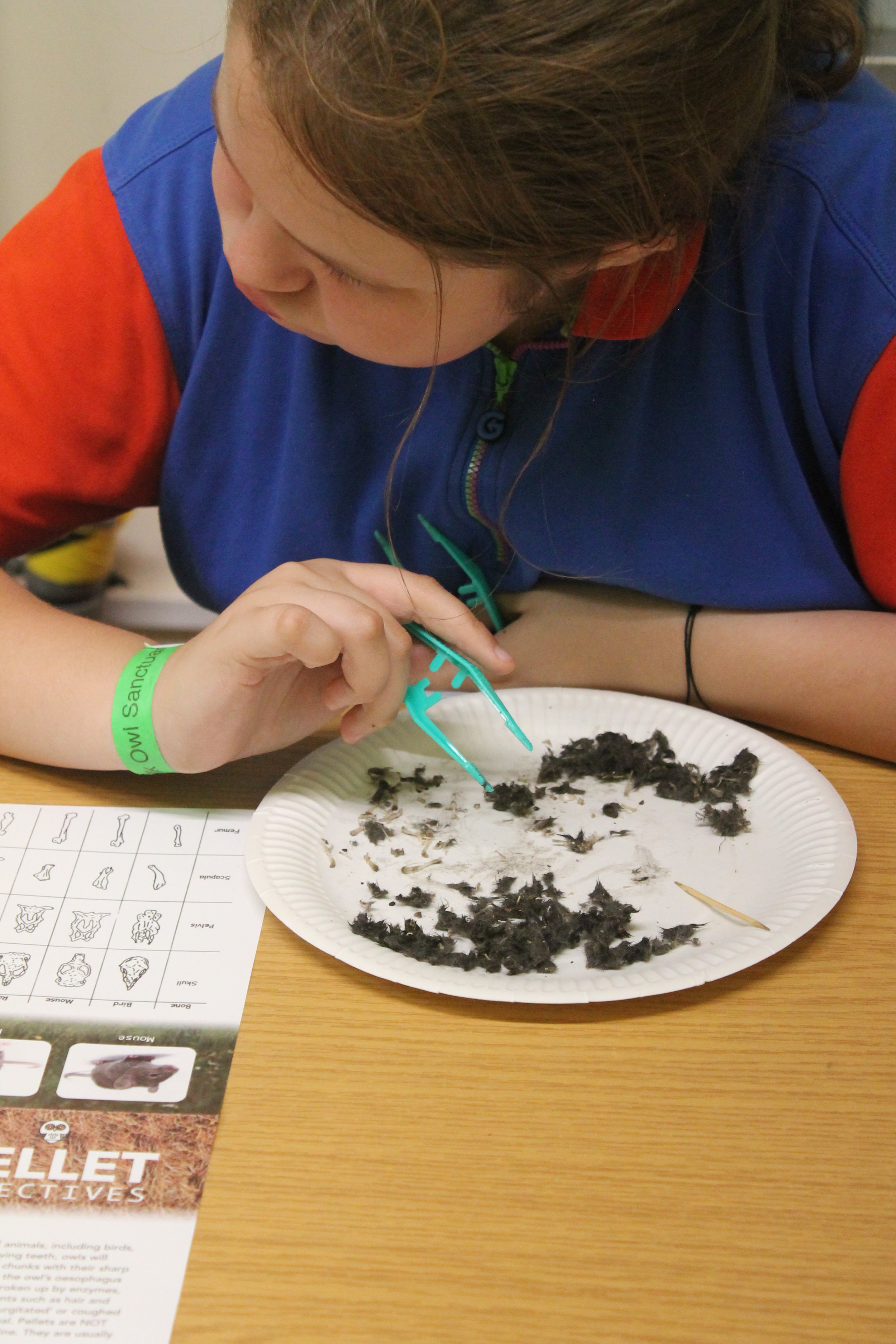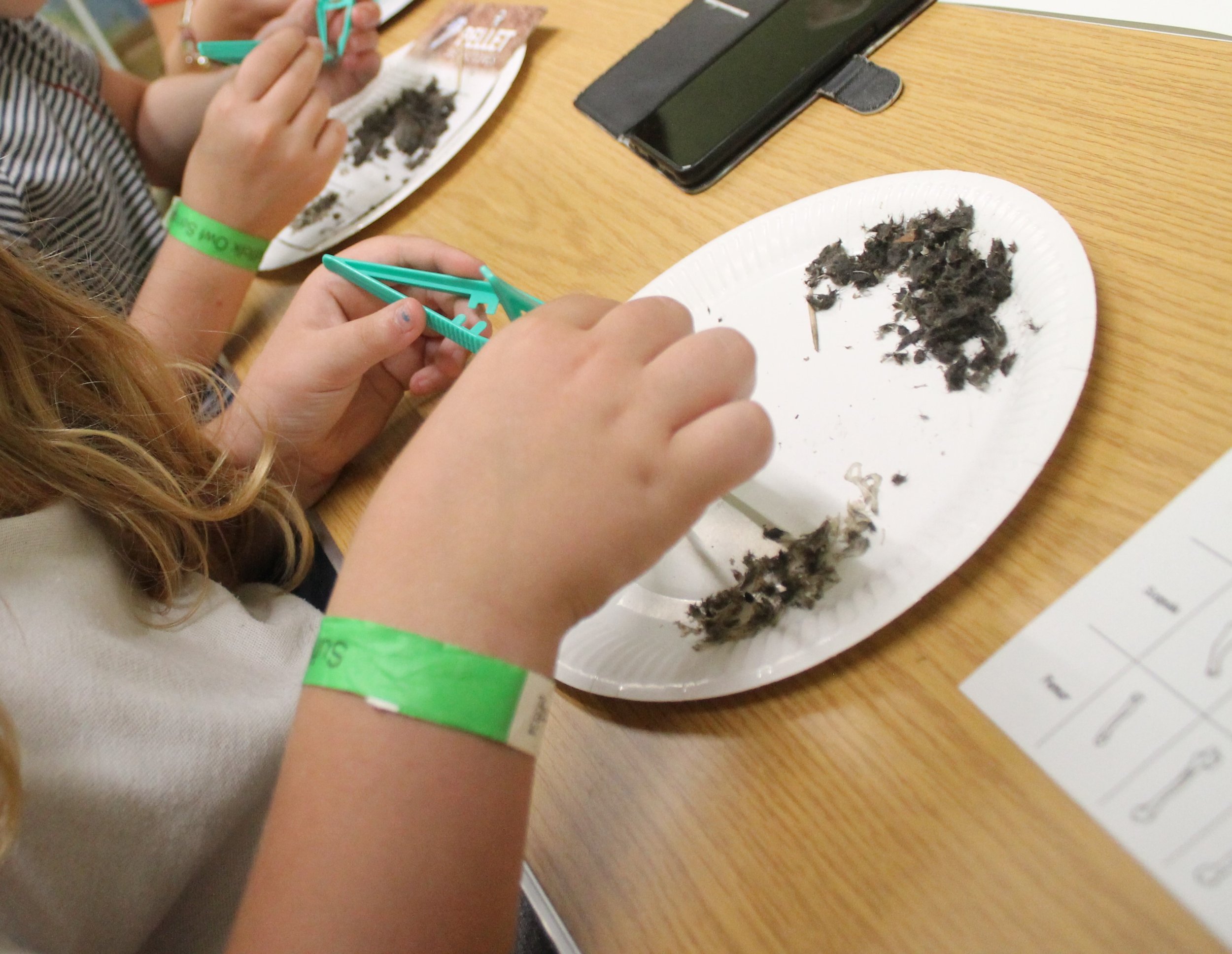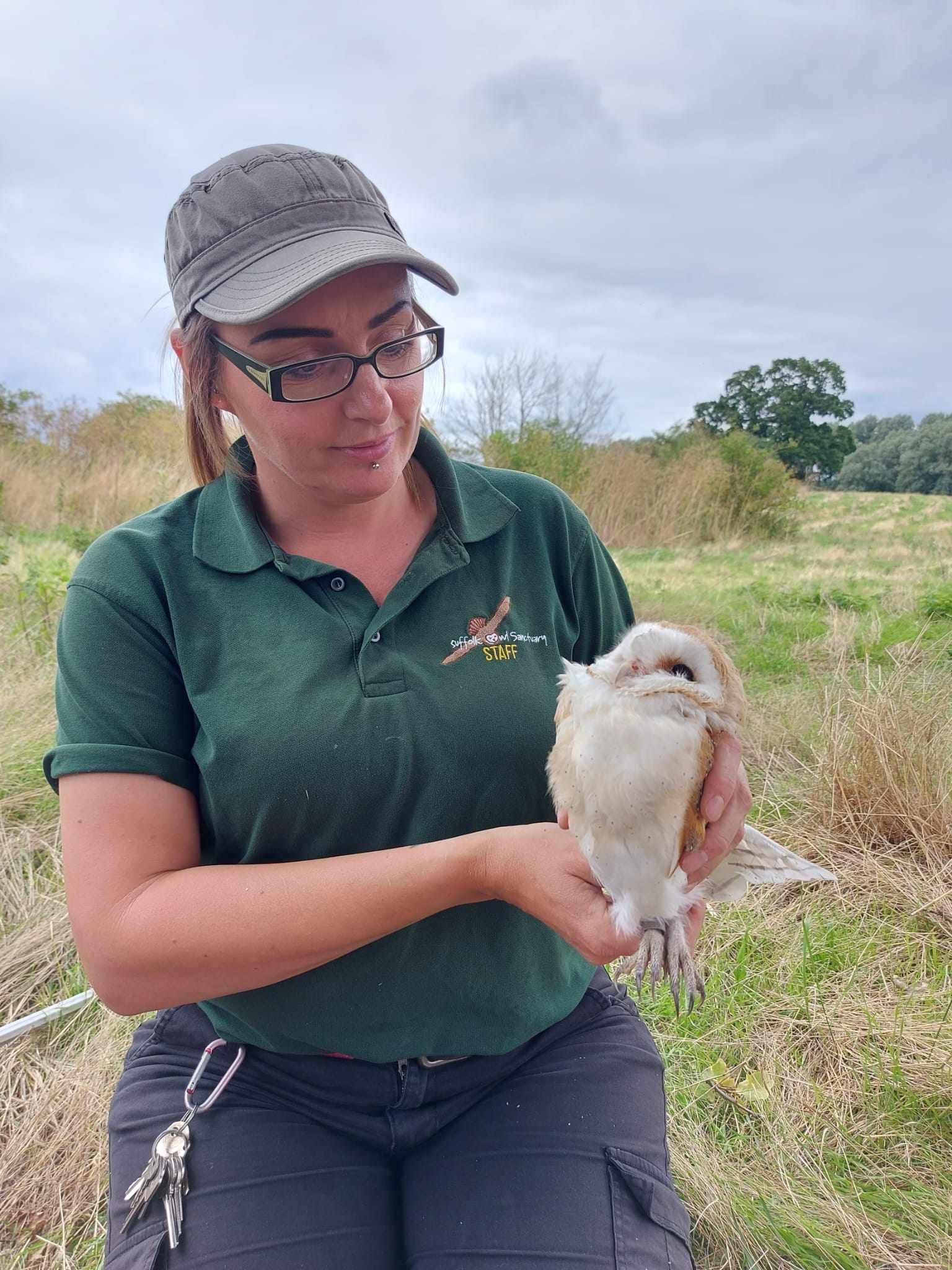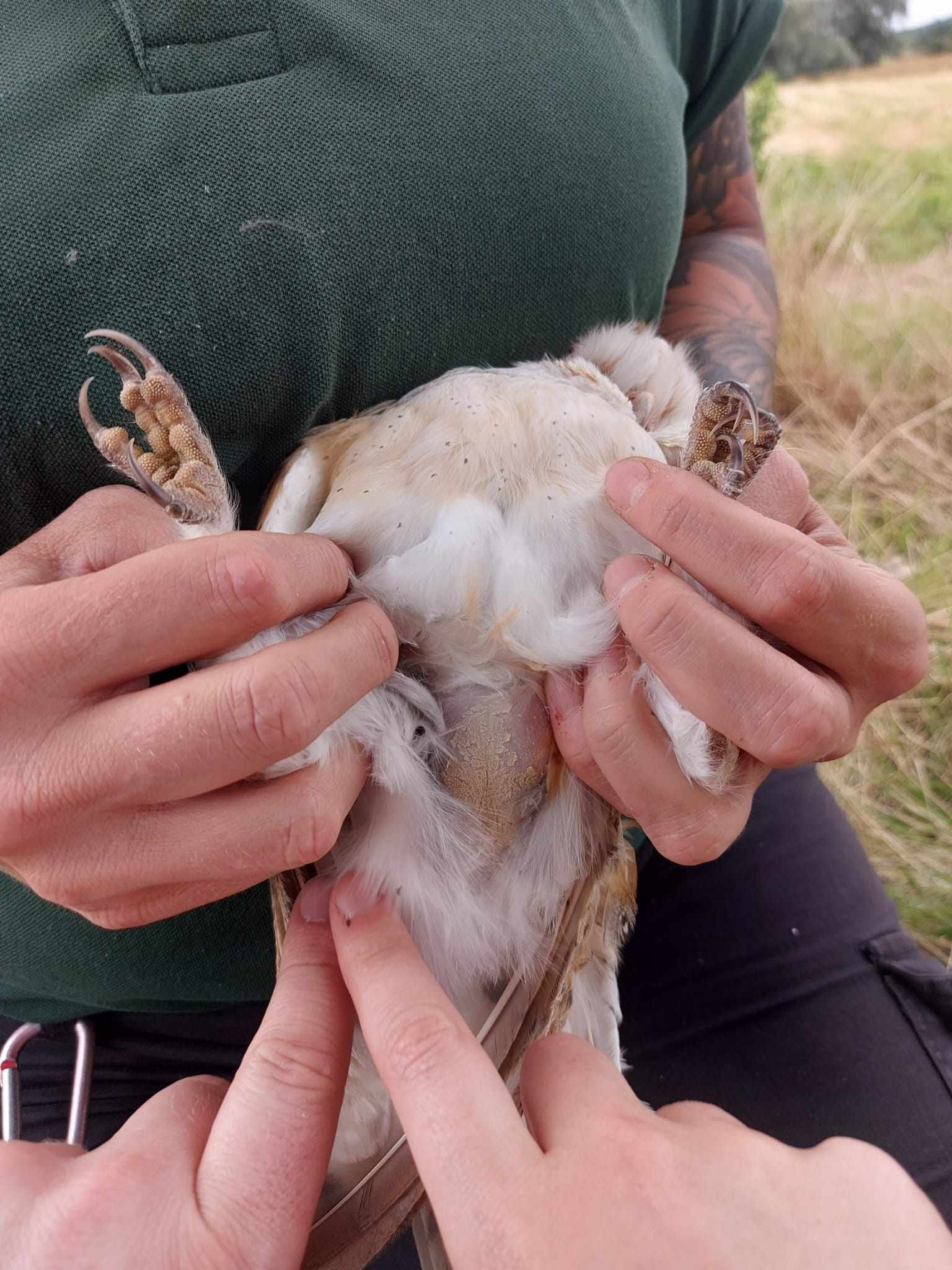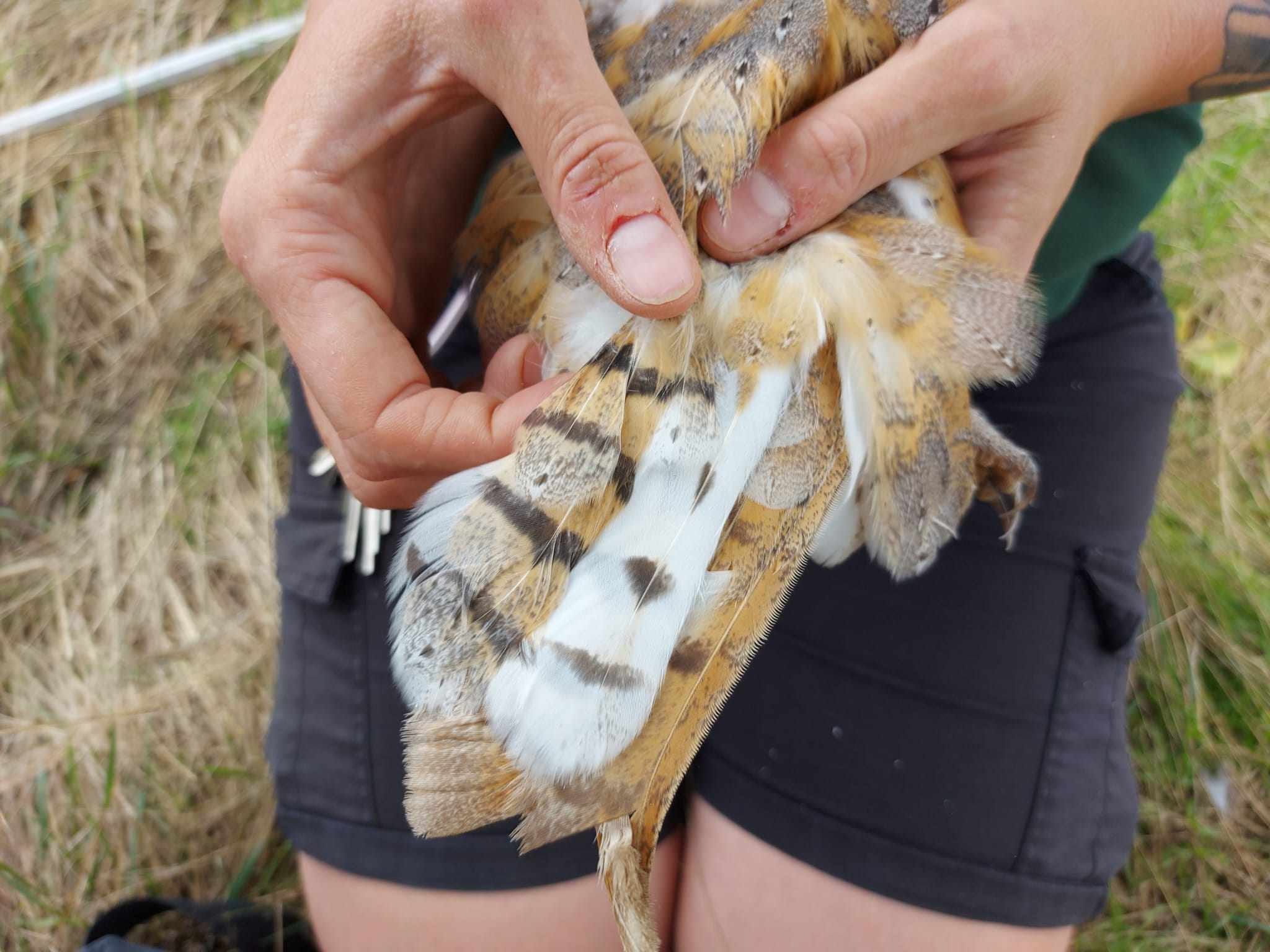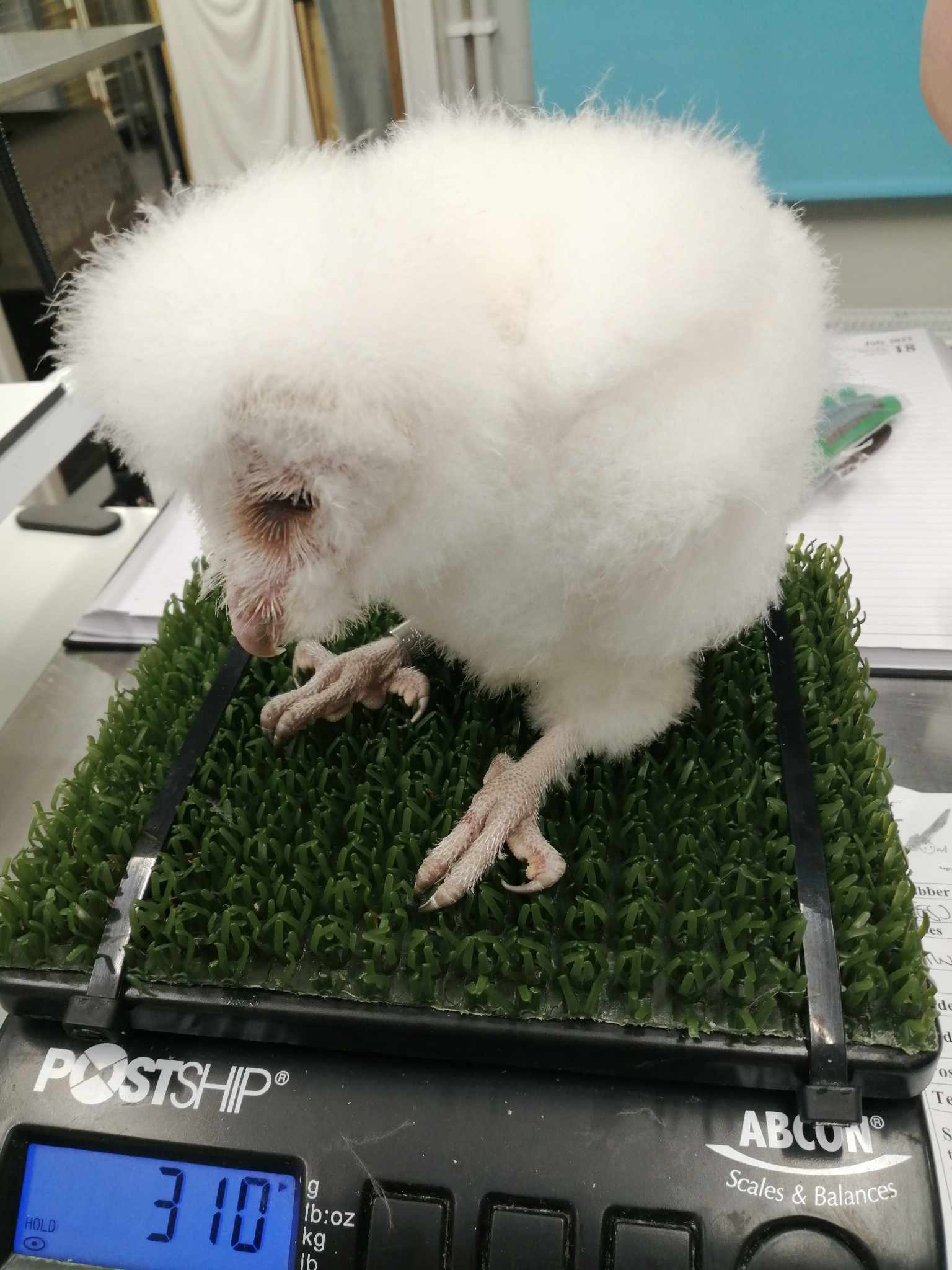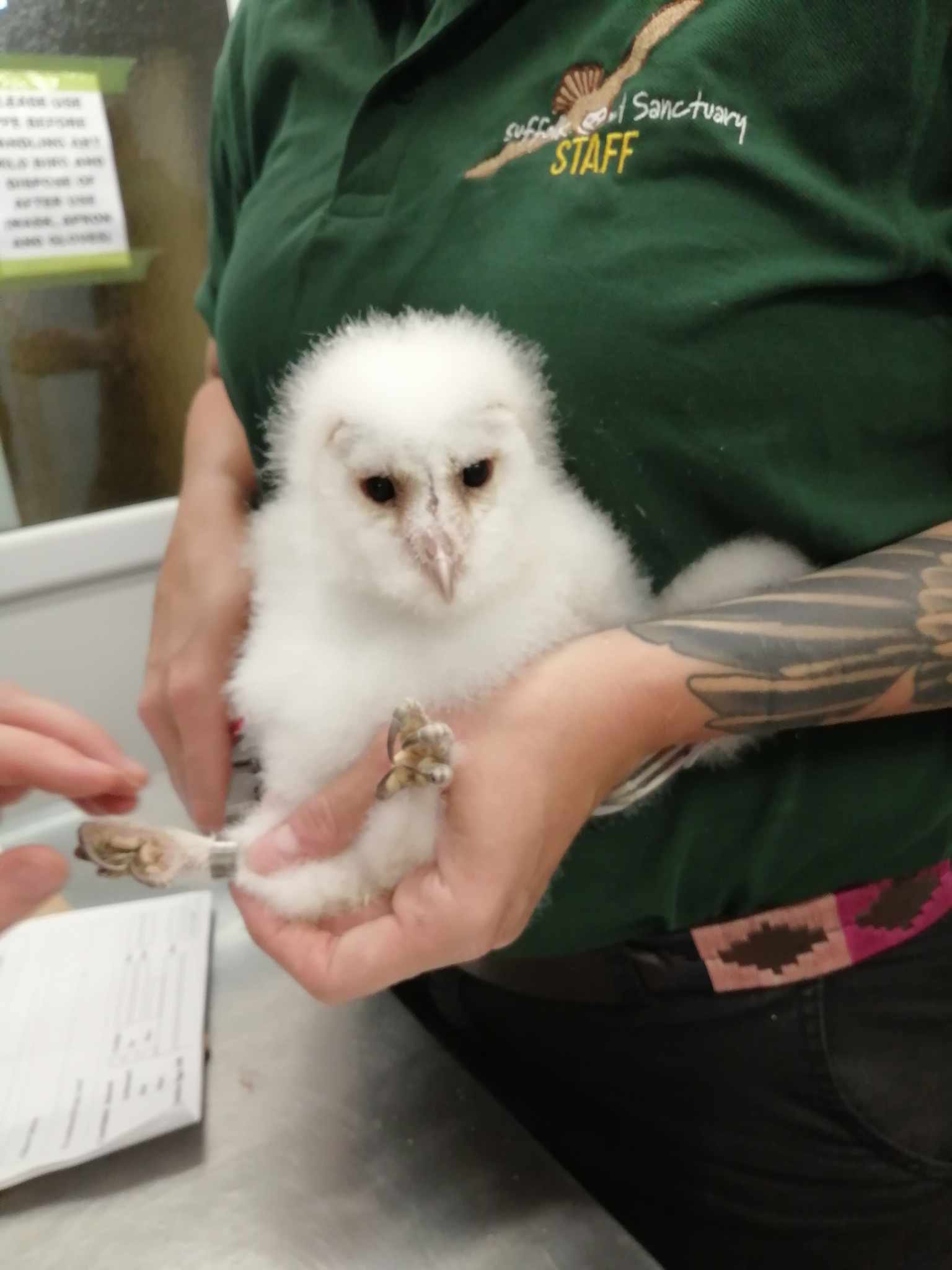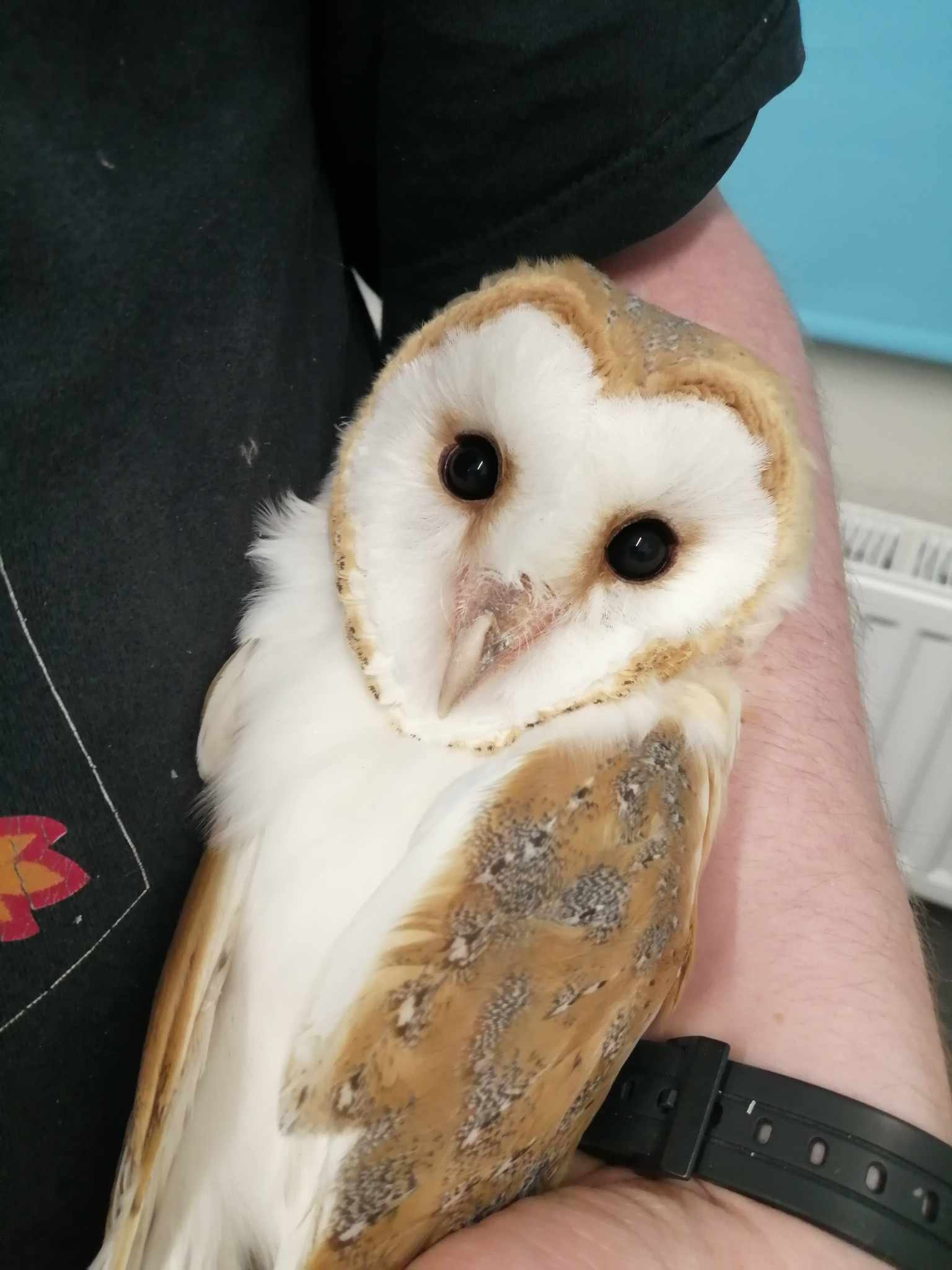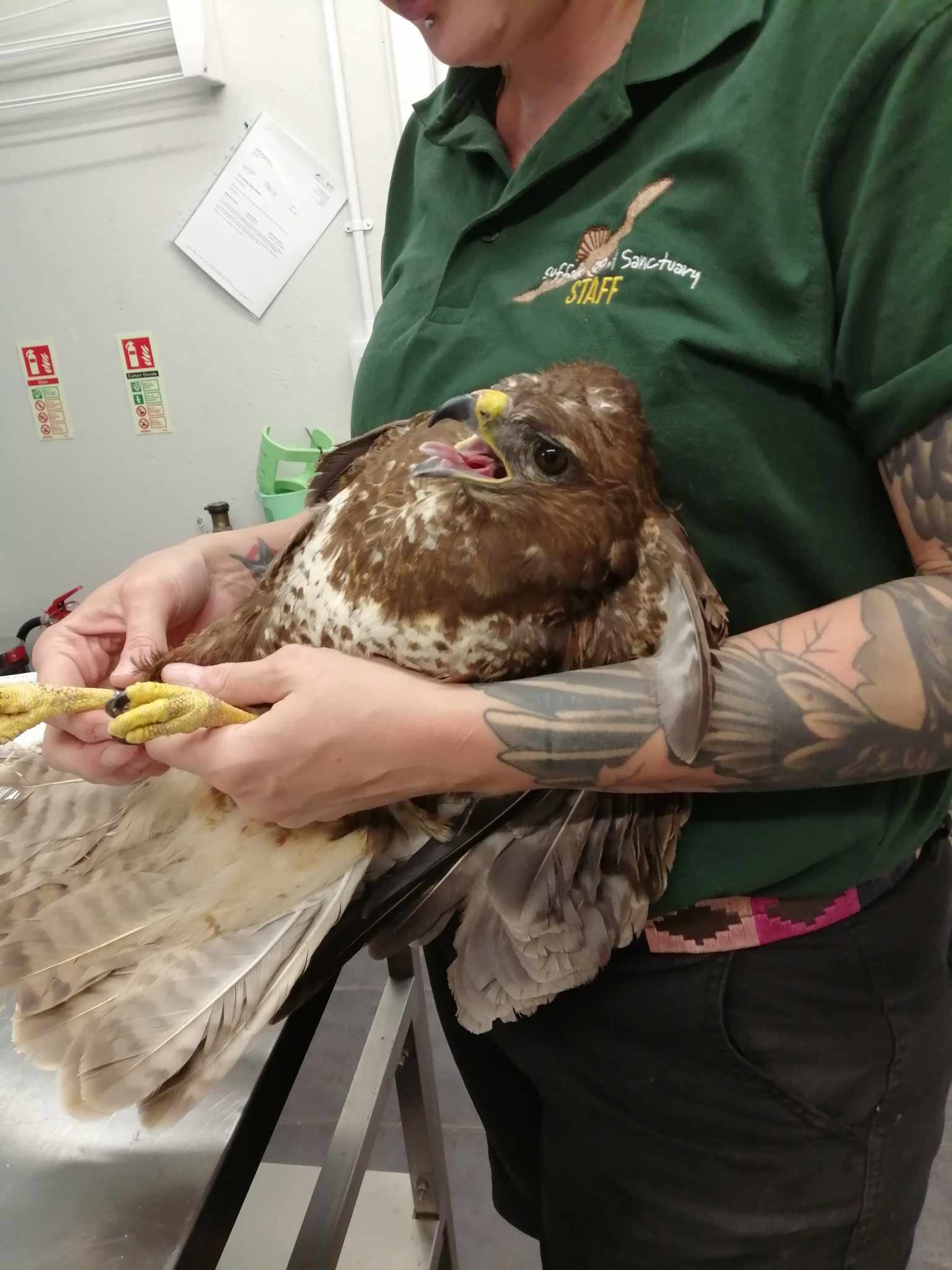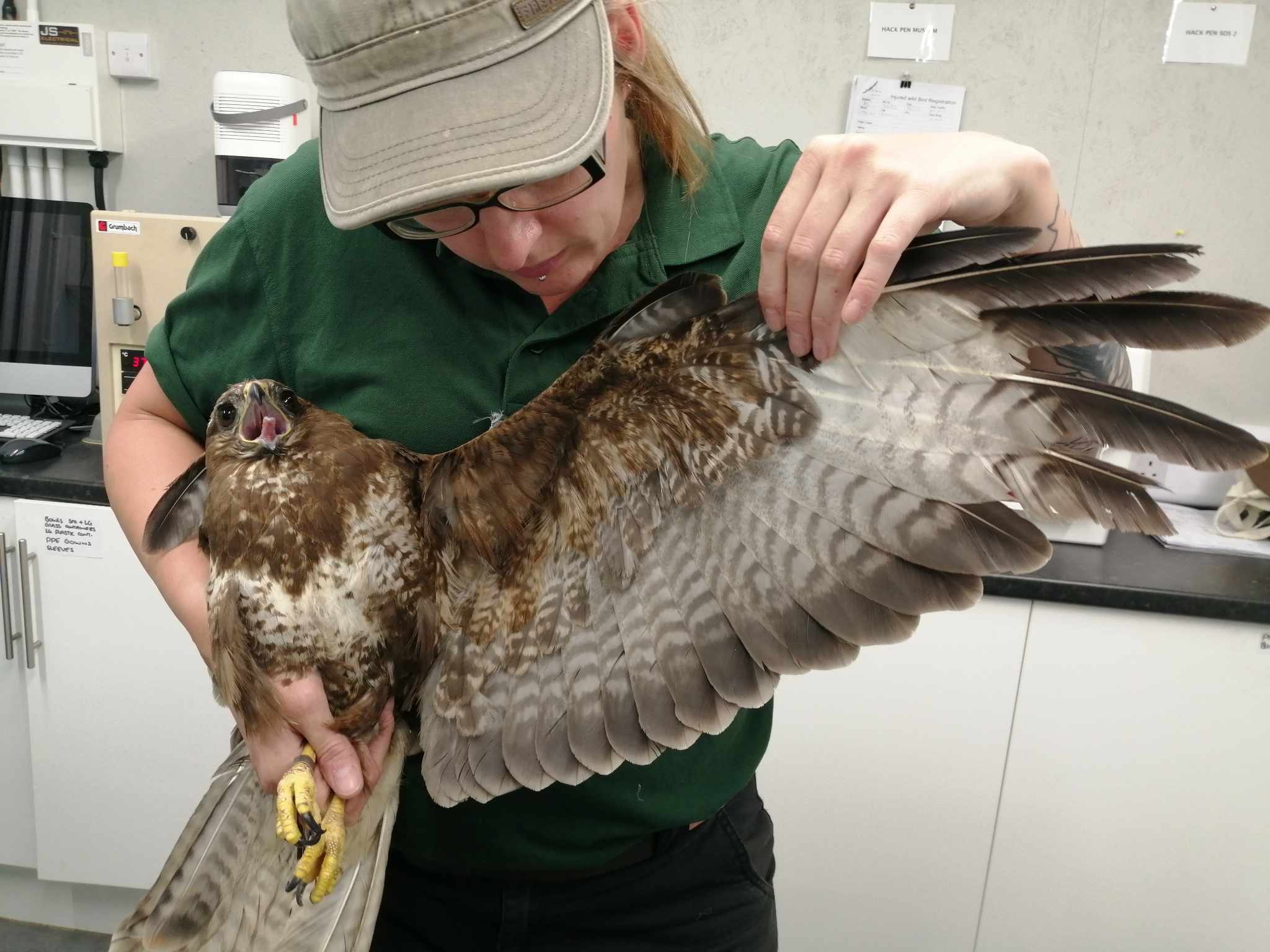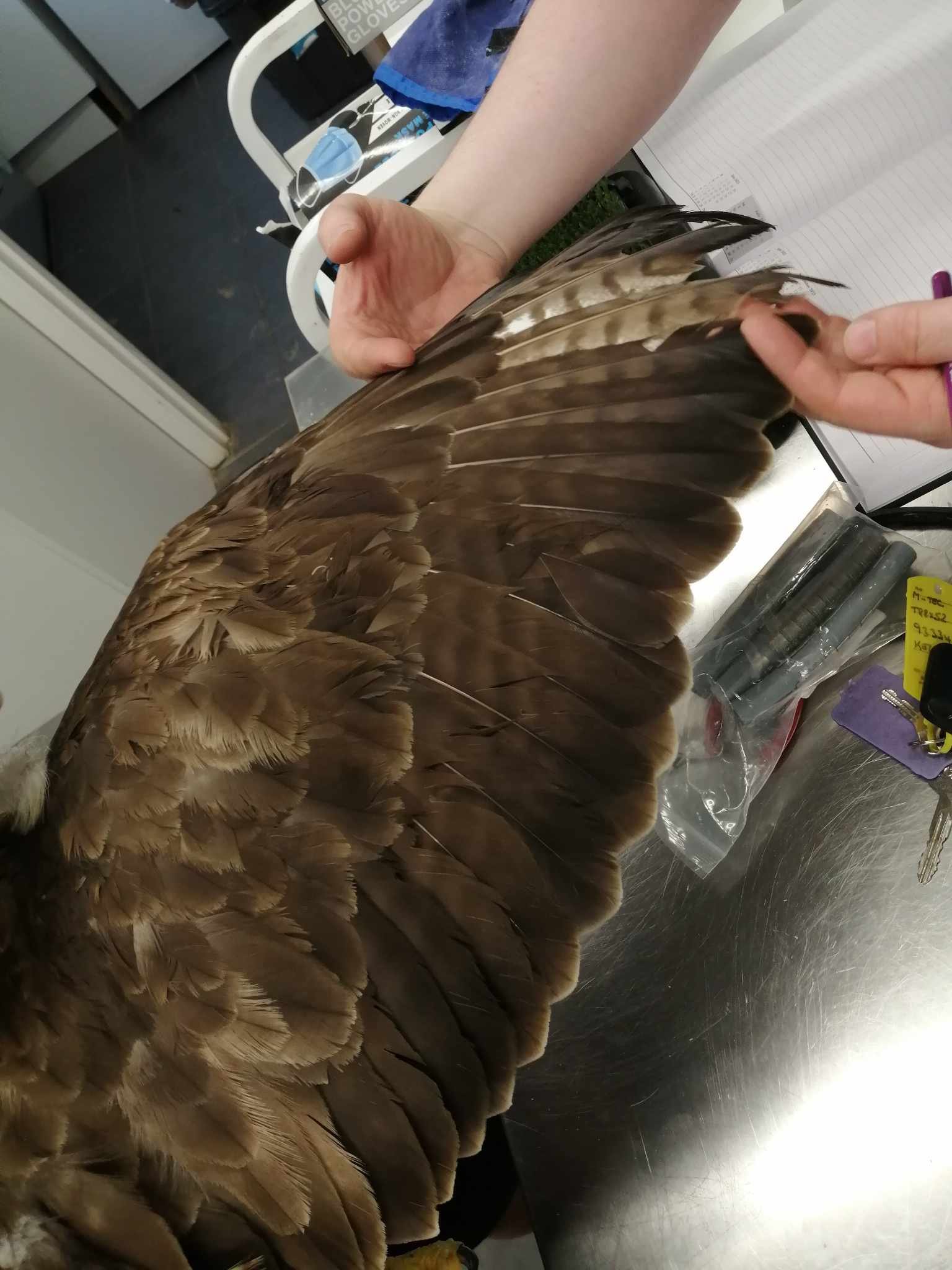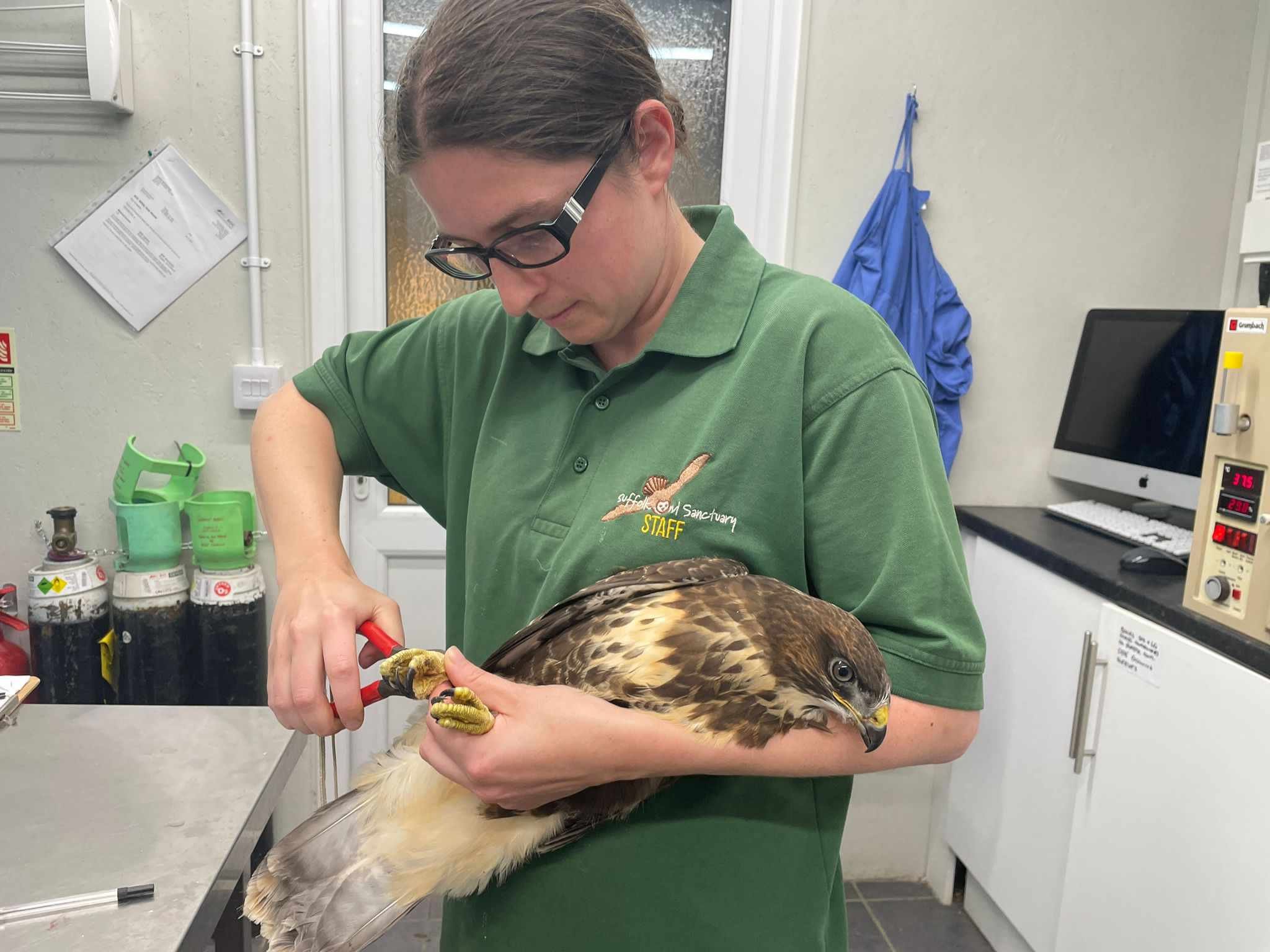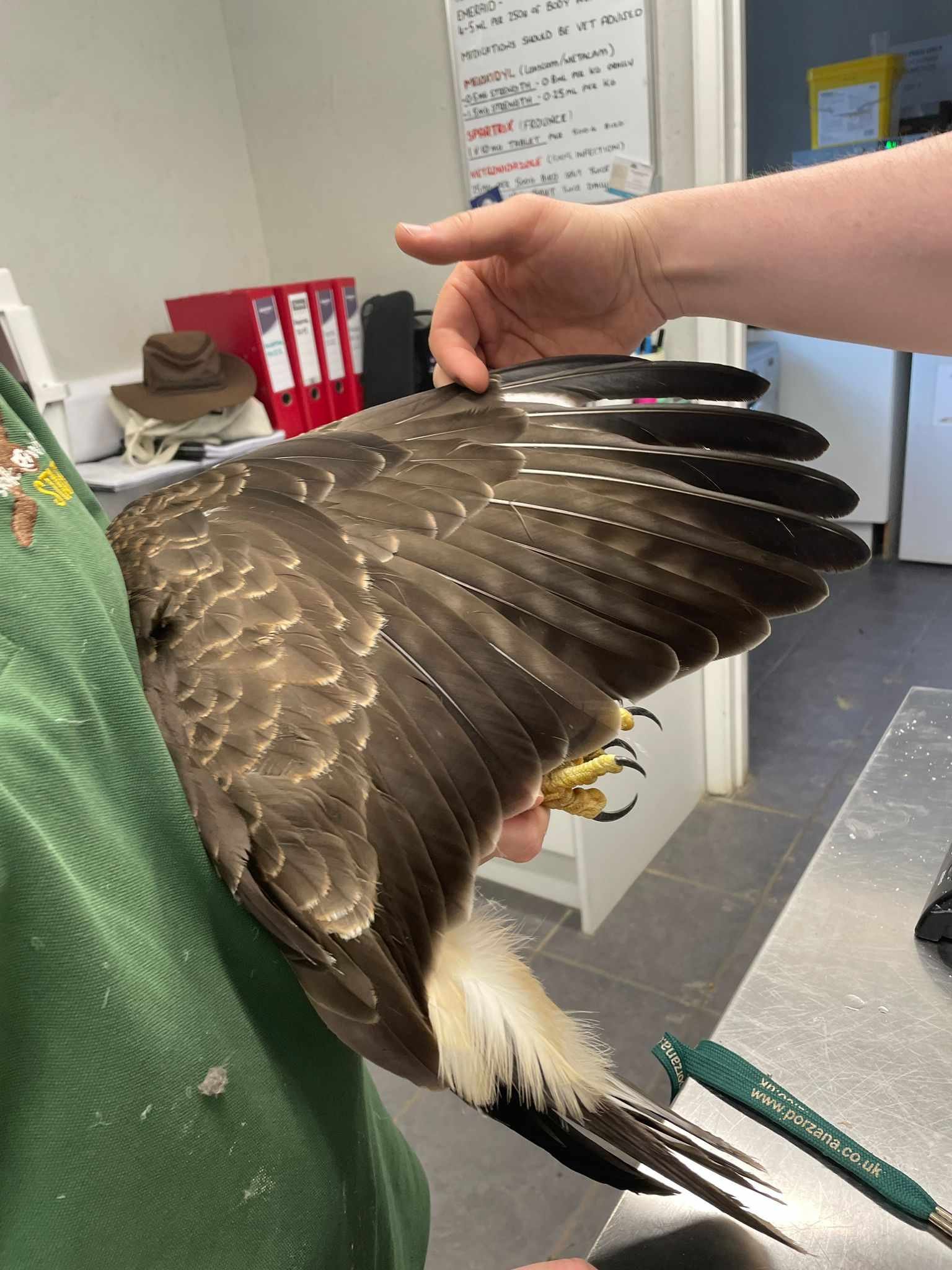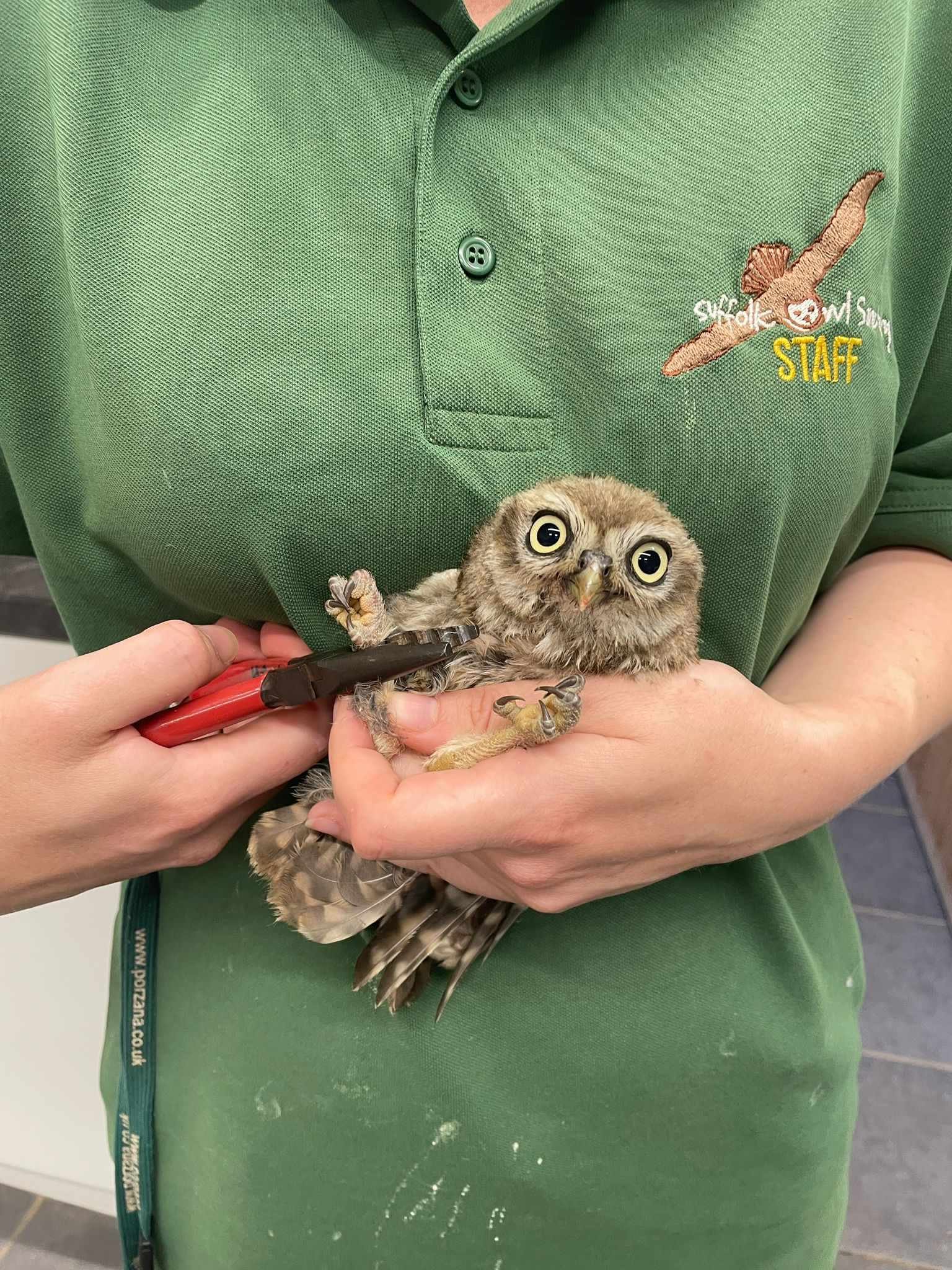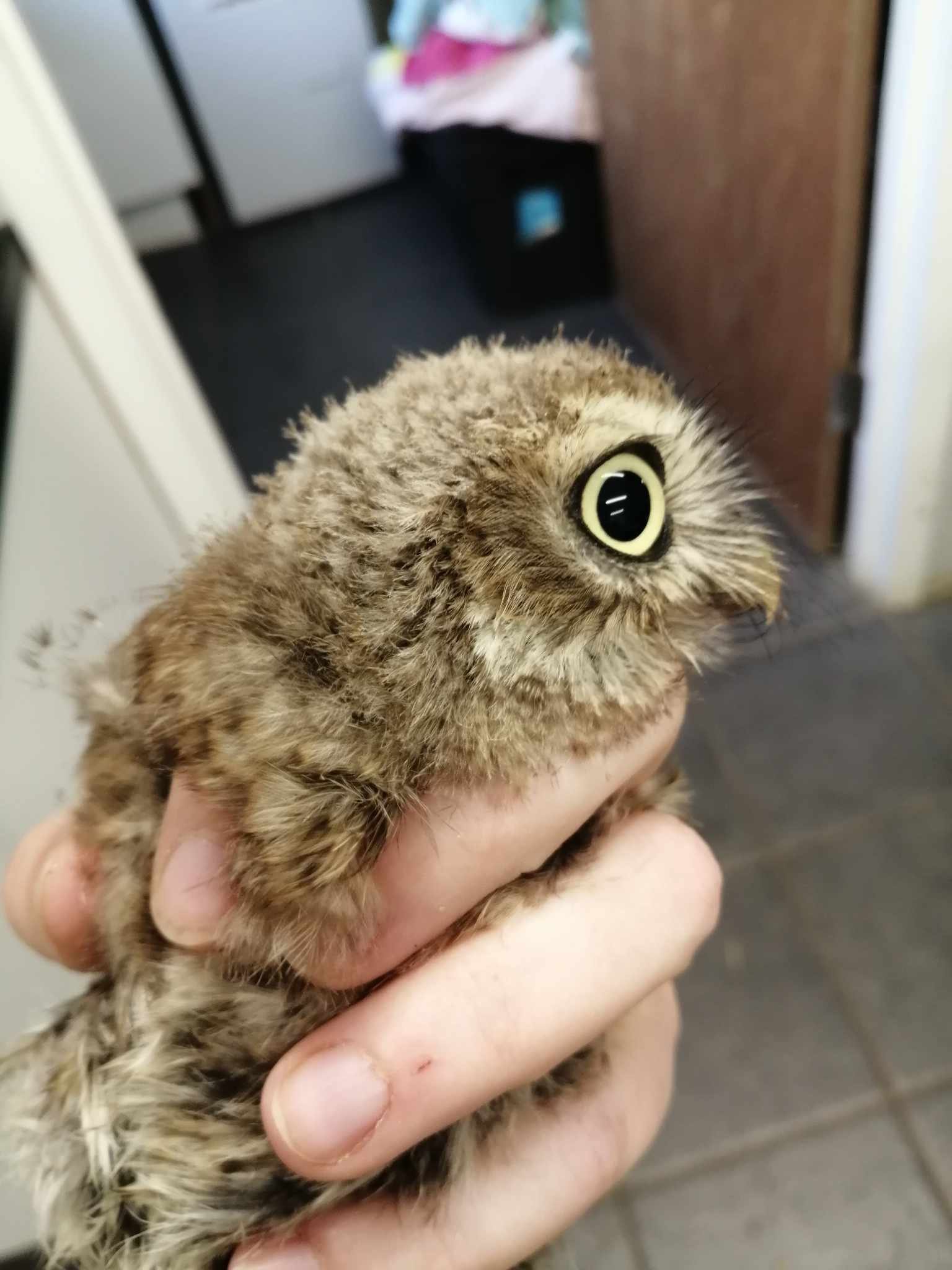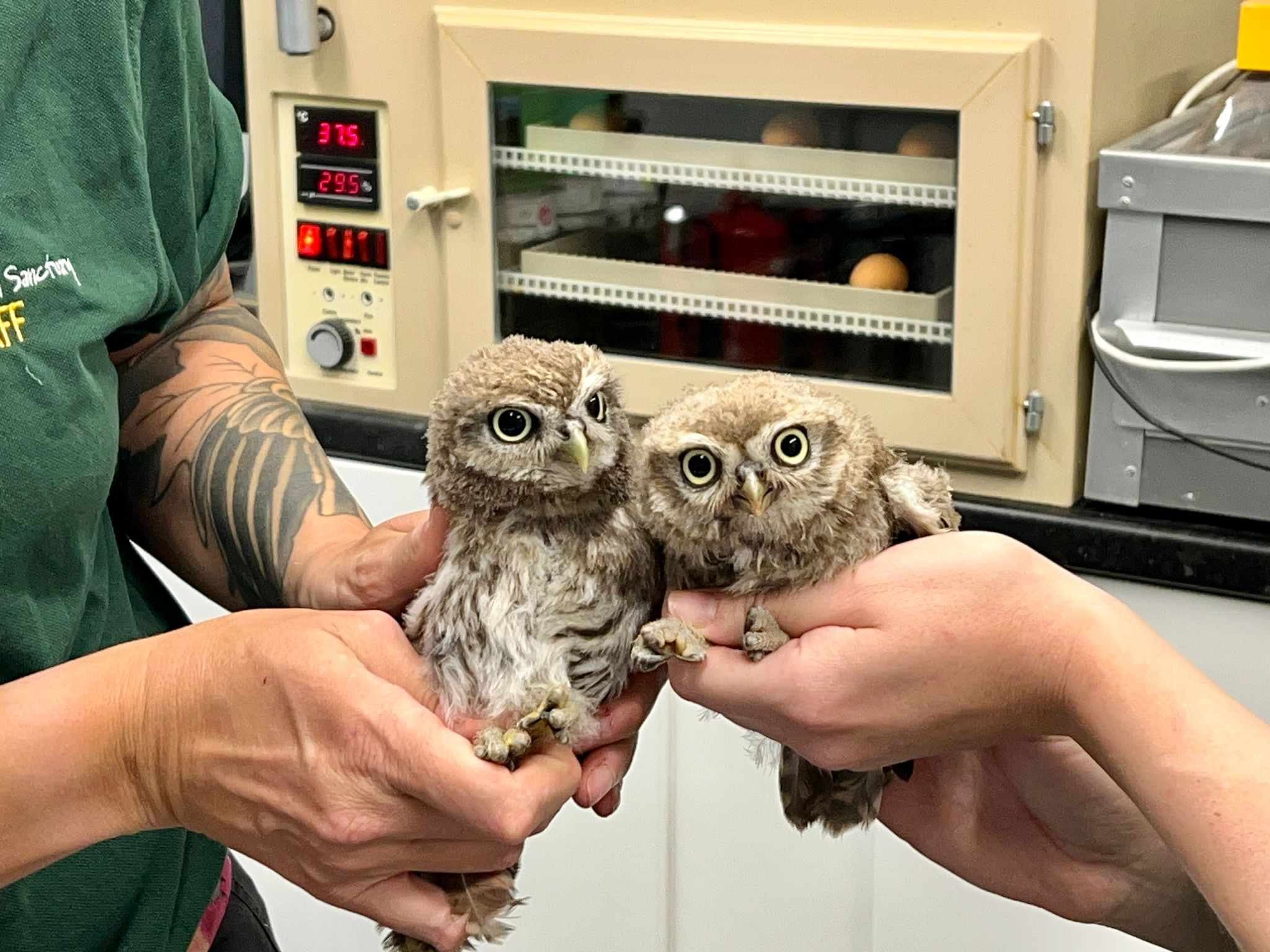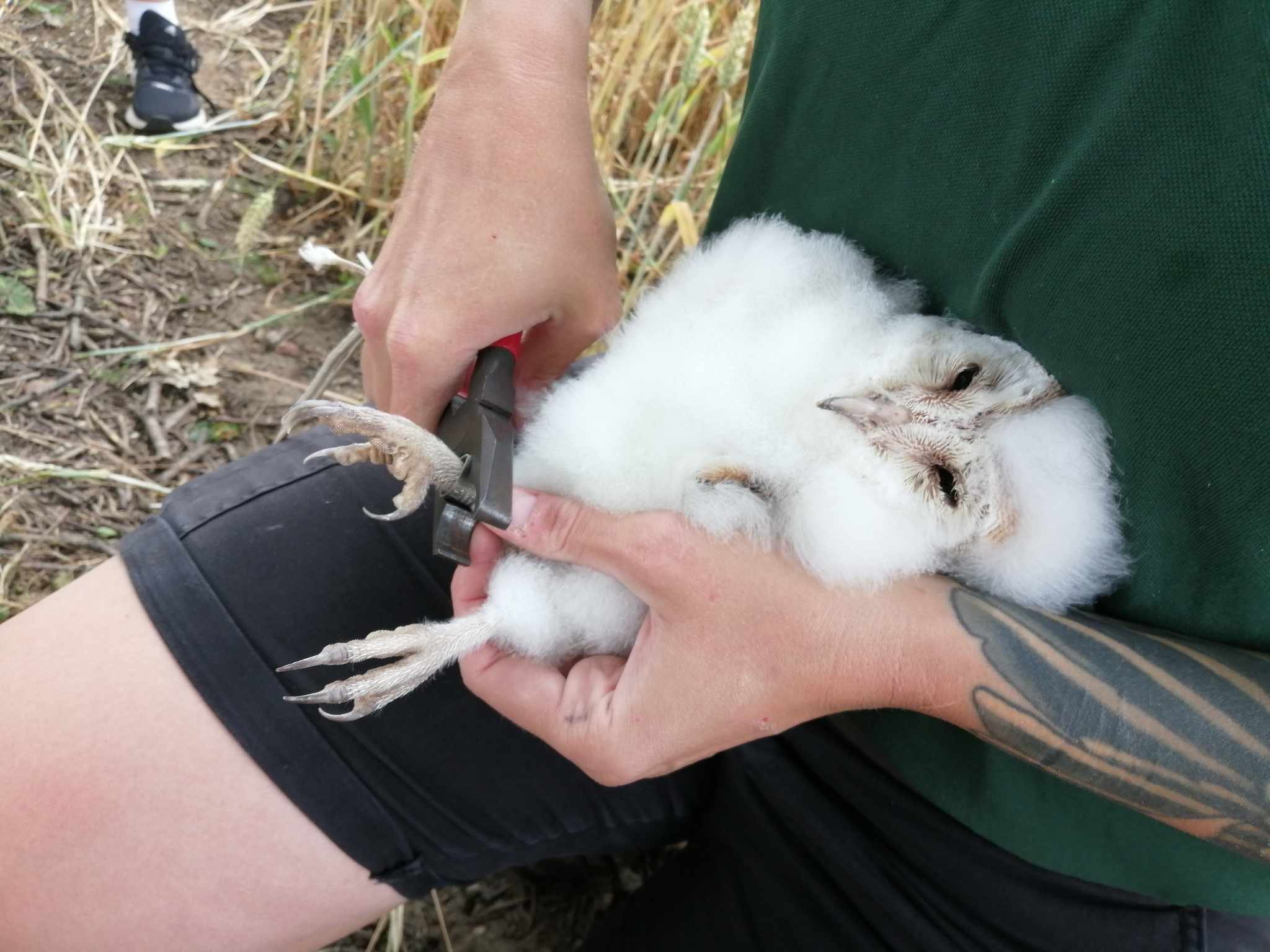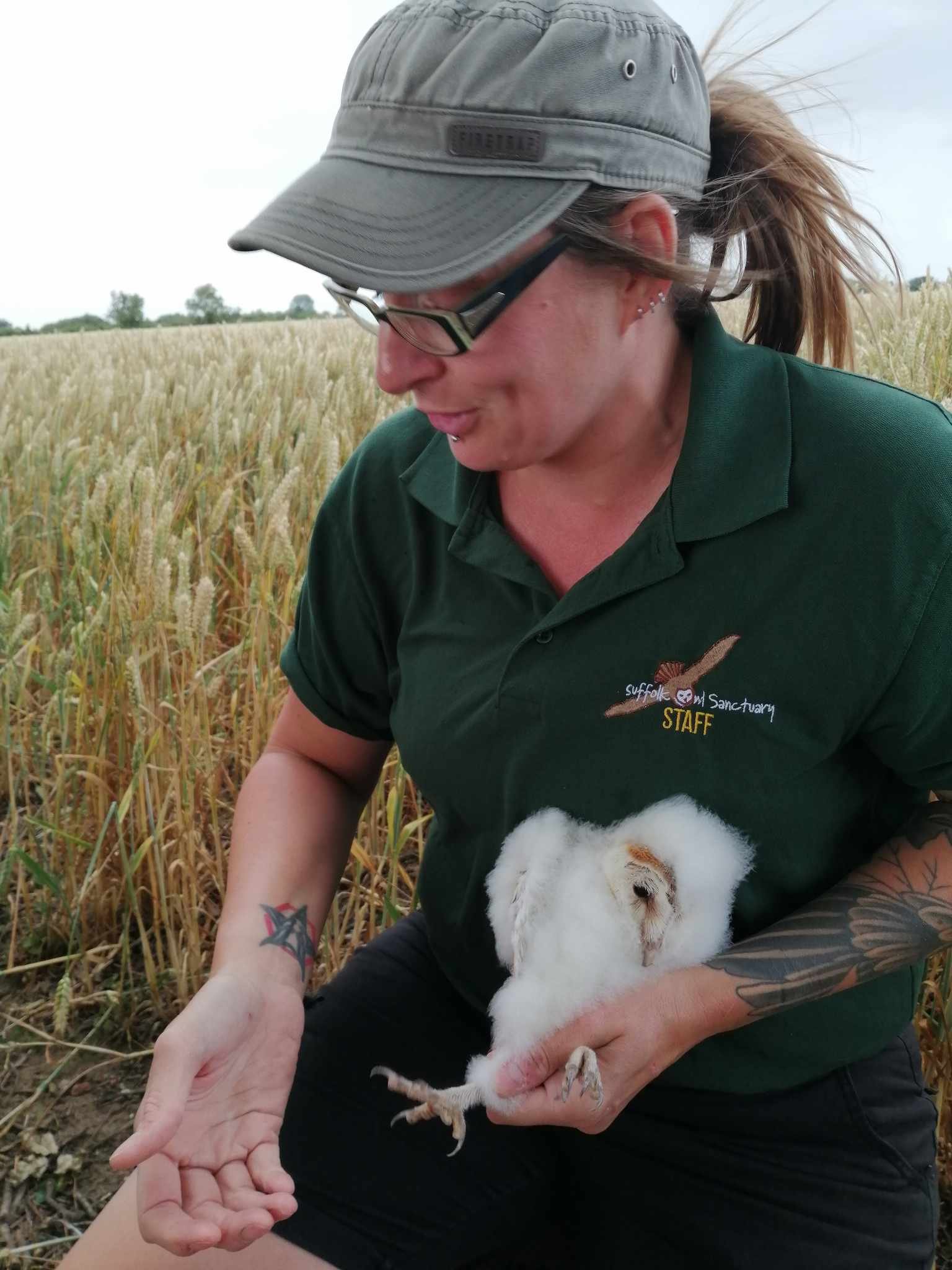With the Barn Owl breeding season coming to an end, our team have been out doing some essential maintenance of their nest boxes across Suffolk.
Jay and Mat recently installed a new box on a wildlife friendly farm near Ipswich. This farm is a new one for our scheme, and already had three old boxes in the fields, and a further four in the outbuildings. But after a few years of neglect, some of the boxes were in need of repair. The guys found a suitable tree in a damp meadow, which is perfect hunting ground for a Barn Owl, and hoisted up a new box to replace the one at the edge of the field that was falling apart (and inhabited by squirrels!)
This farm has a variety of habitats for our native Raptor species, and on every visit the team spot something new! With the landowner, Ben, being very happy to help, we already have a hack pen installed to release birds from our Raptor Hospital should they need it. Providing extra nest boxes will hopefully help them in their rehabilitation journey. We hope to possibly add a couple of boxes for Tawny Owls and Kestrels over the next few months to support the wildlife that calls this place home.
We are incredibly grateful to all the landowners who allow us to monitor nest boxes on their land, and to everyone who has donated to our nest box appeal. If you would like more information about this, please contact us.
